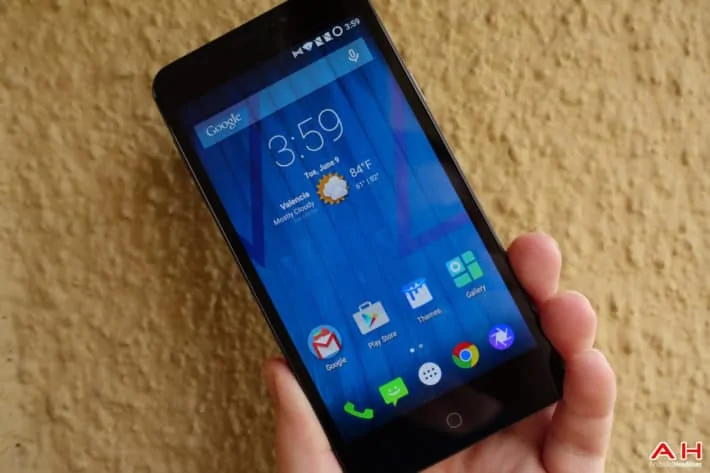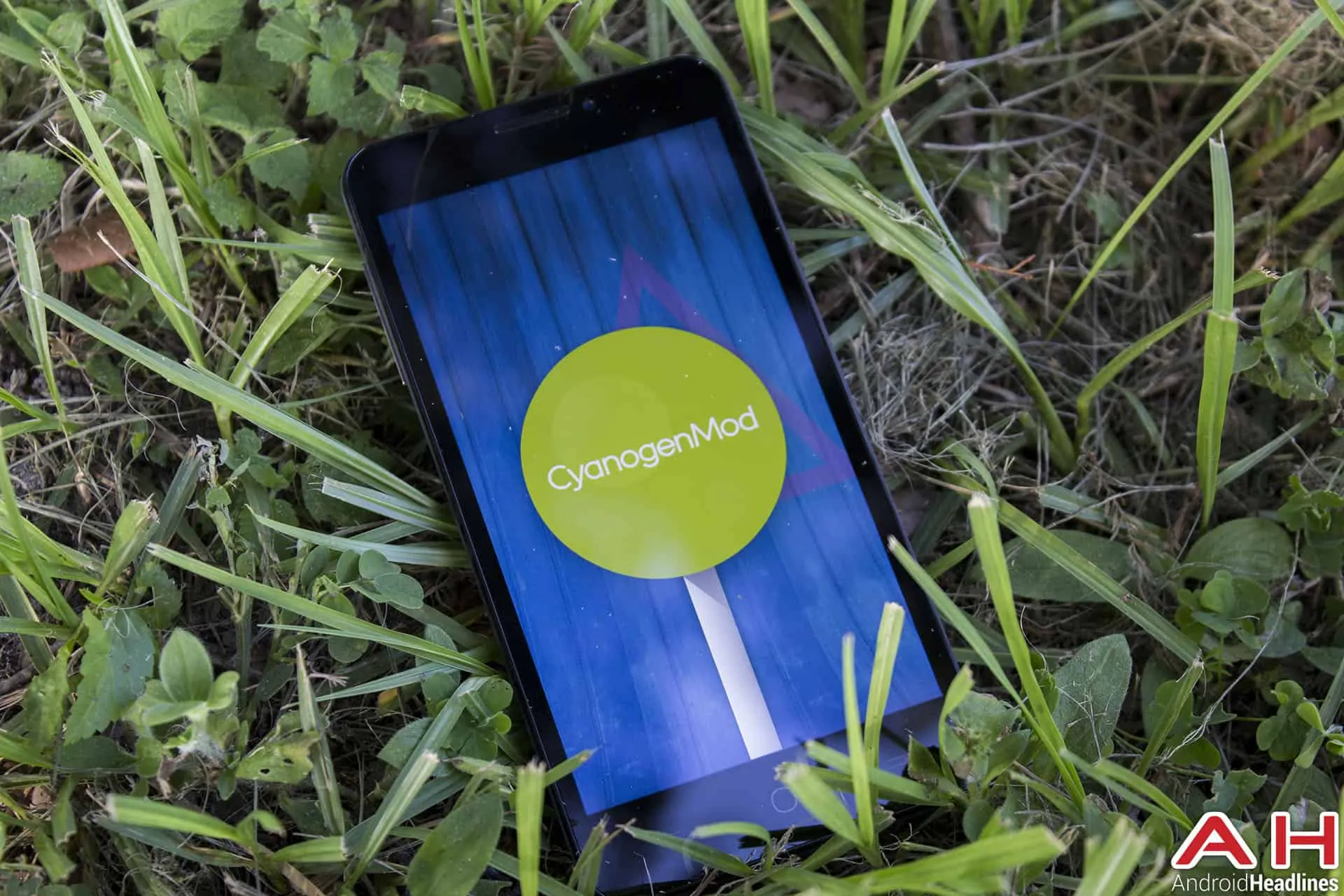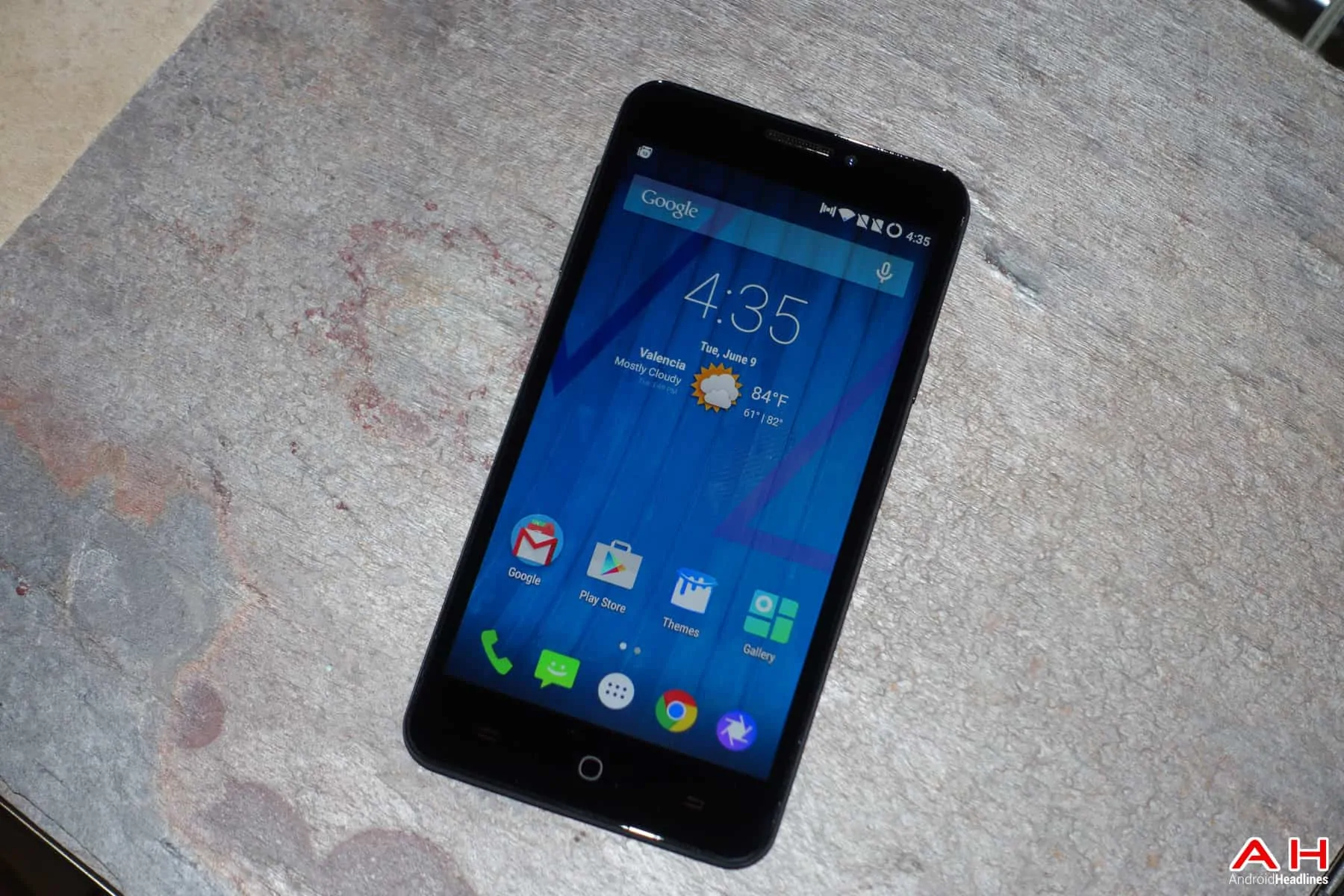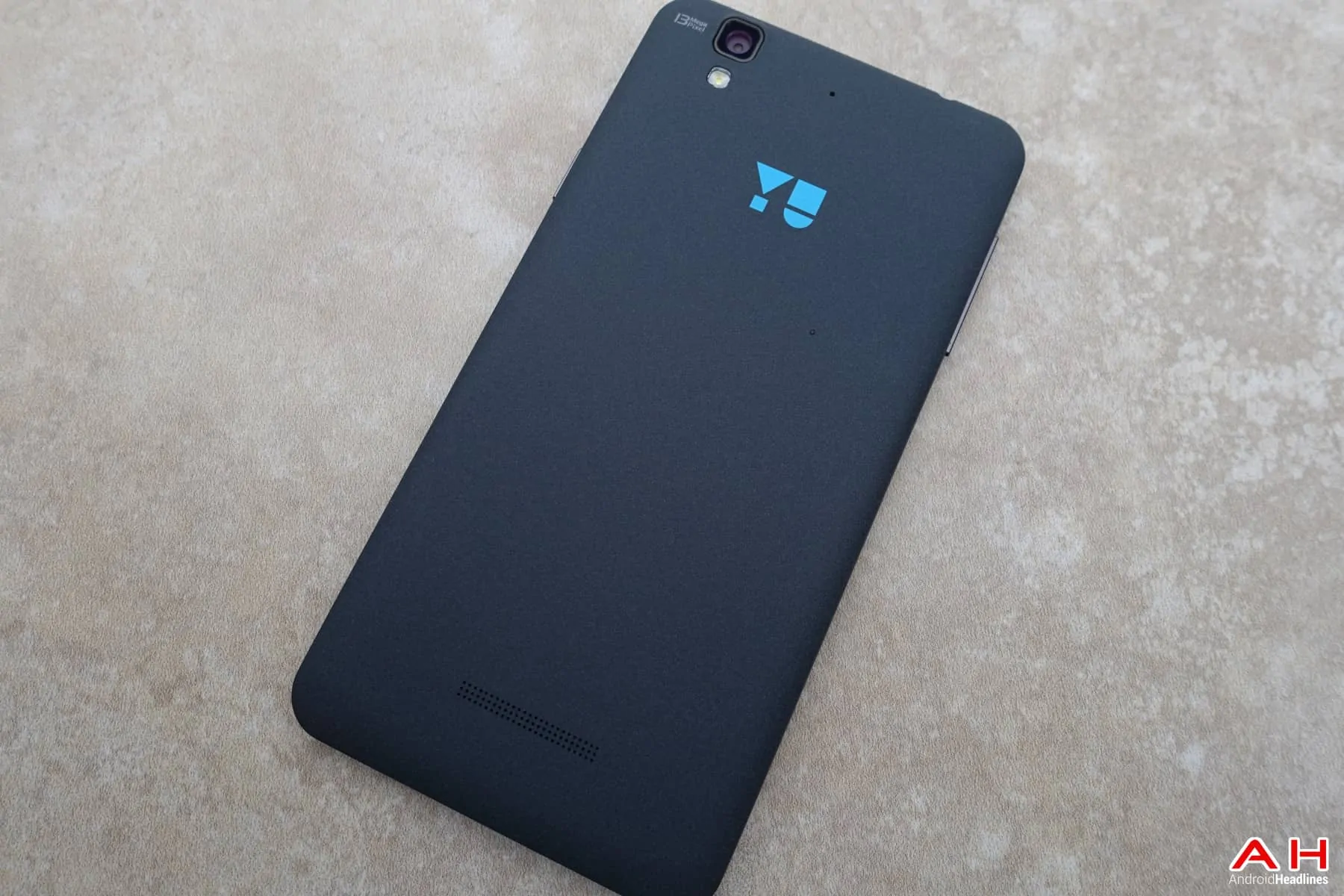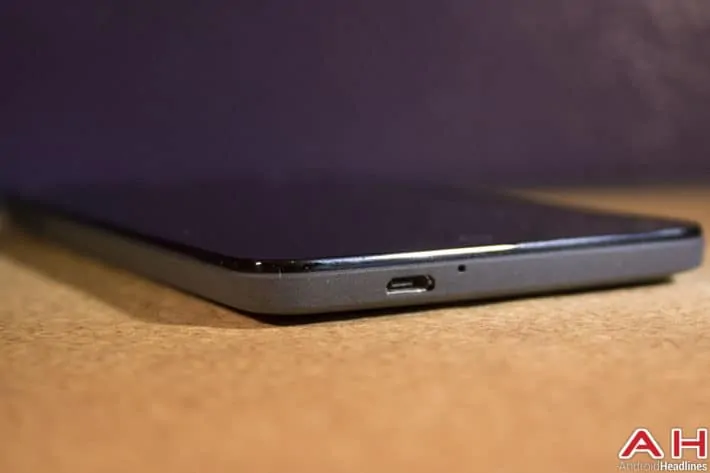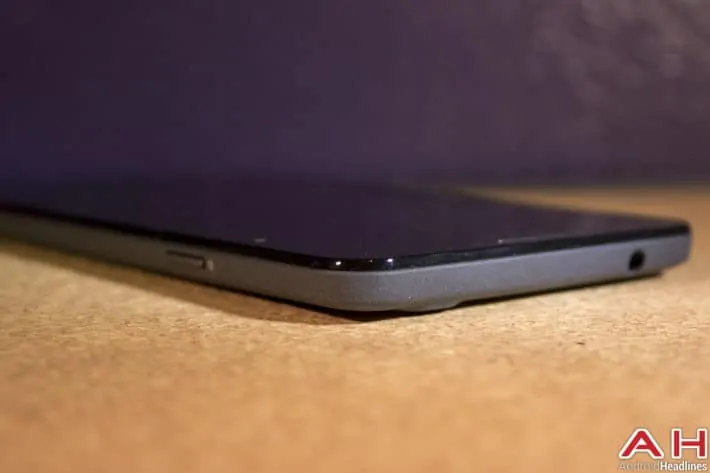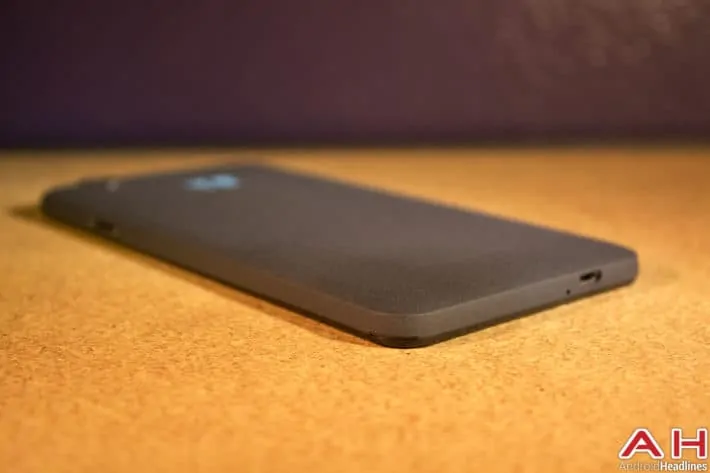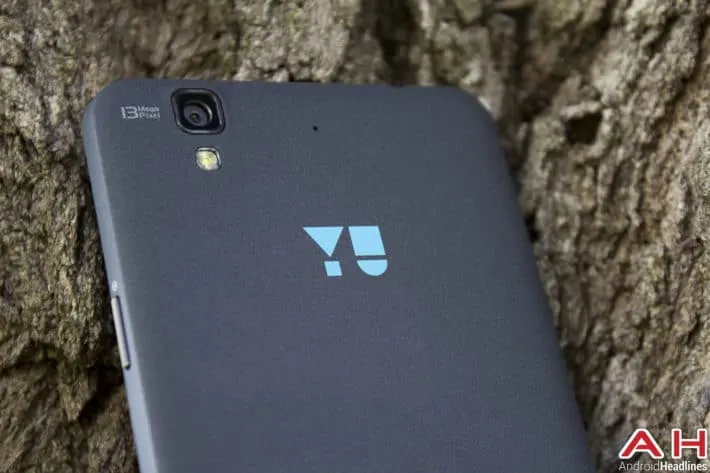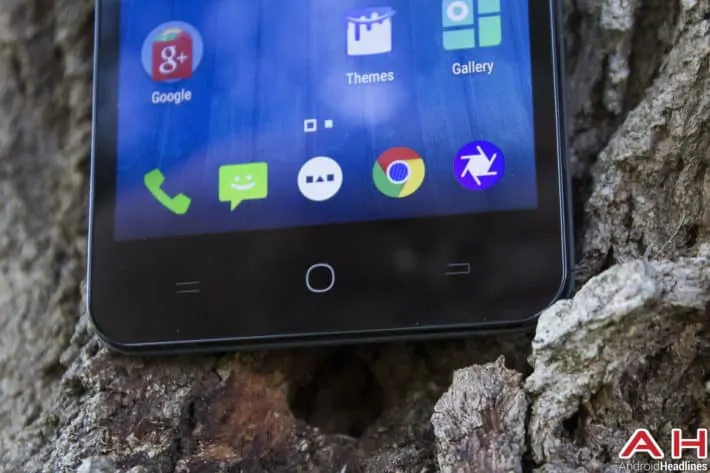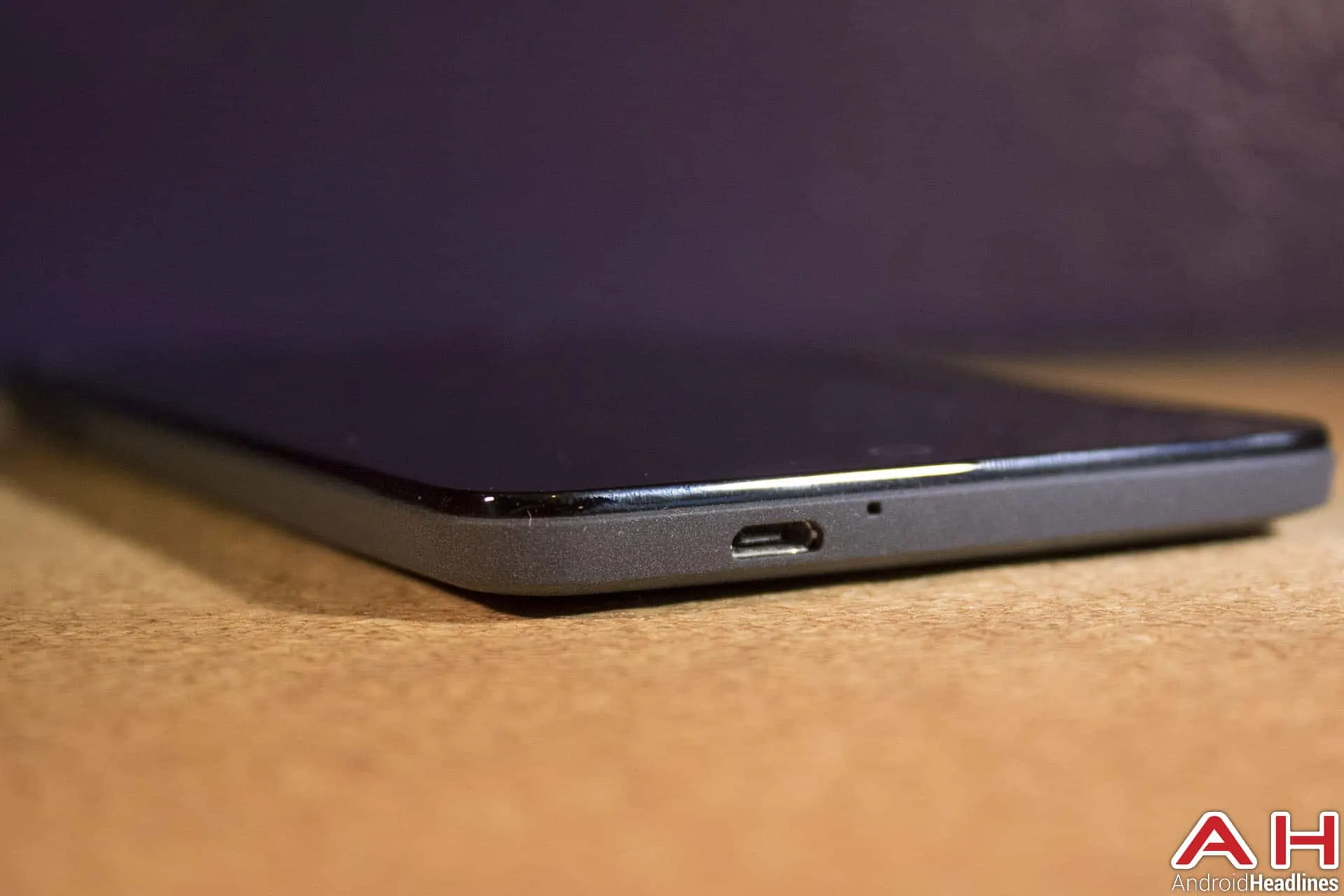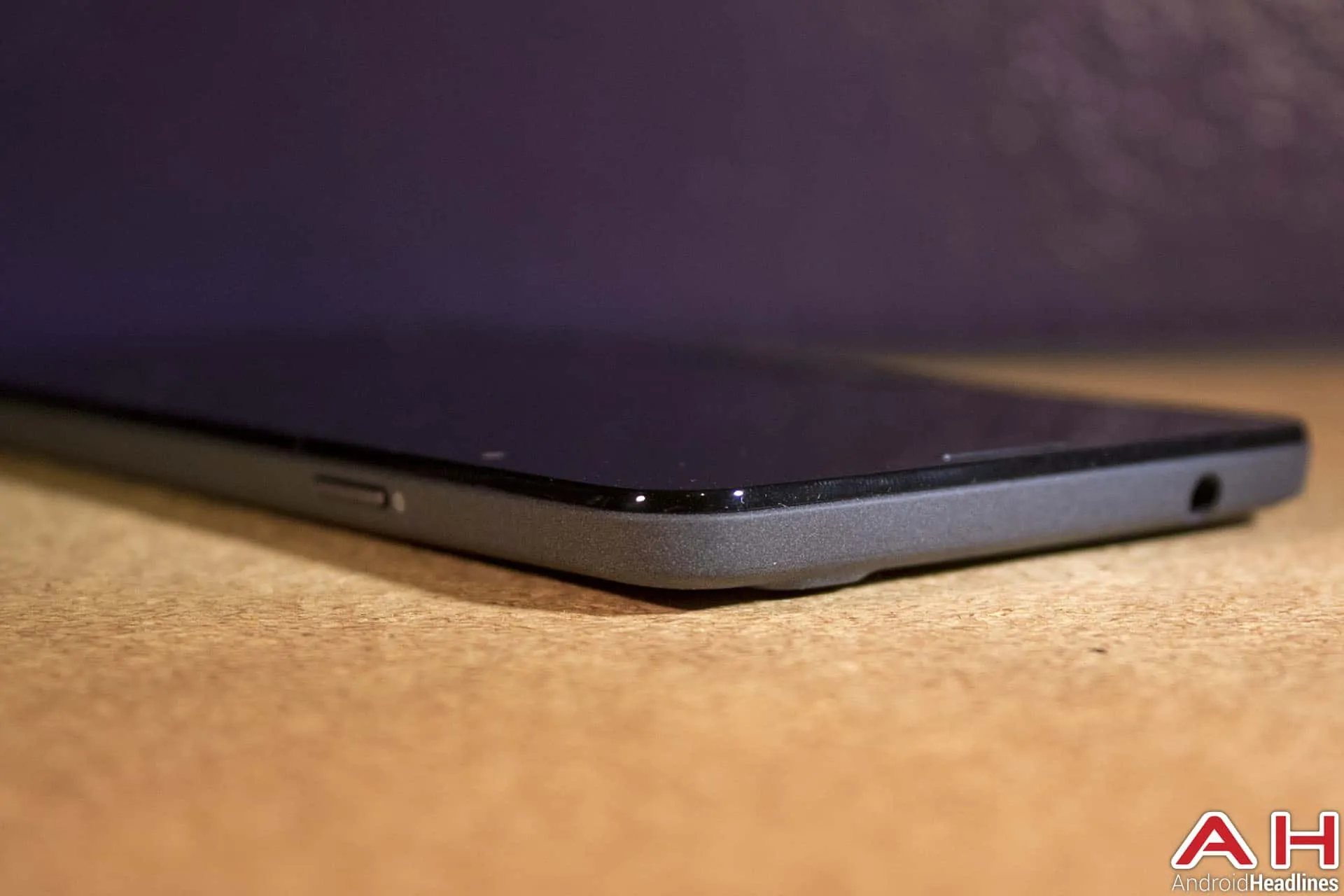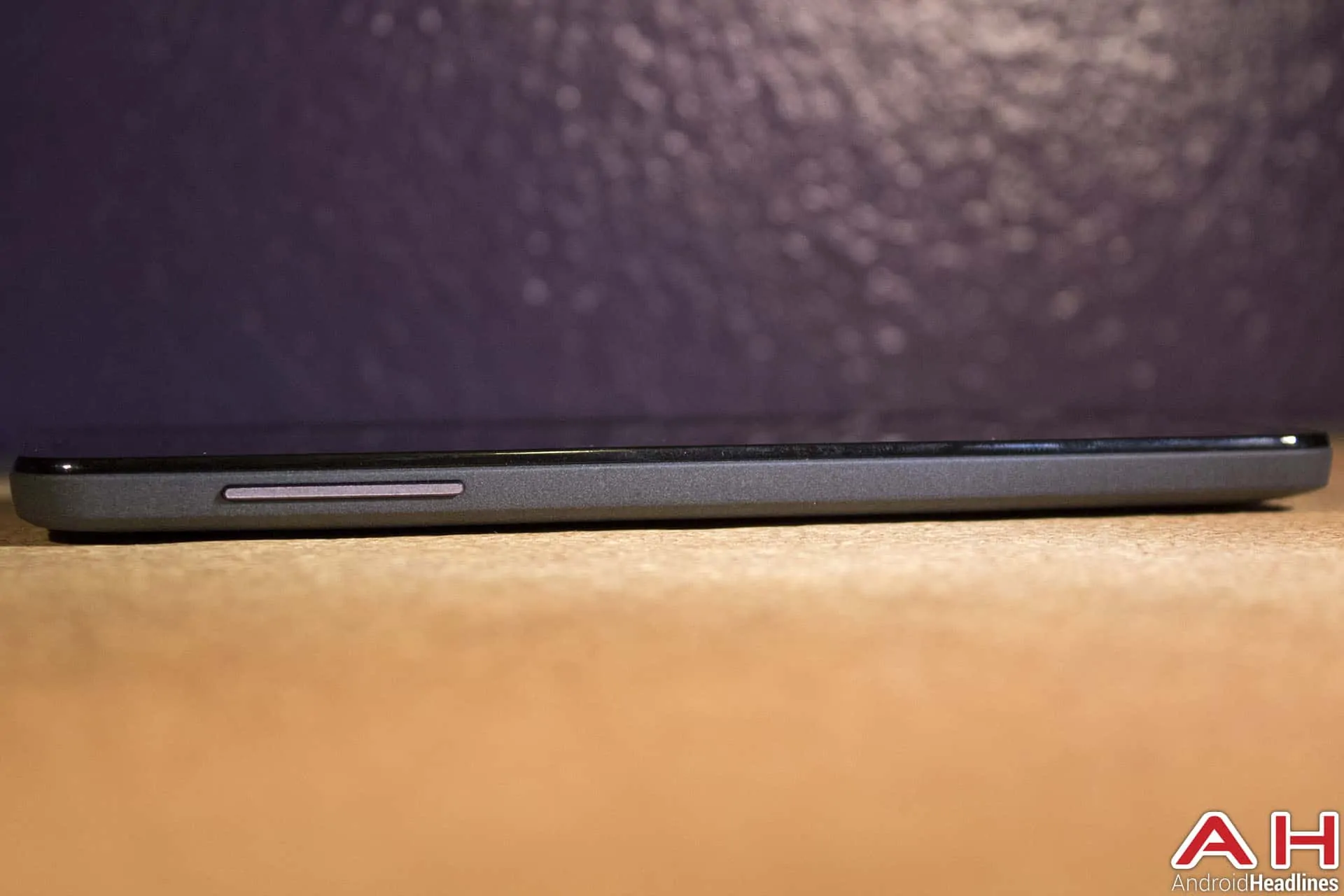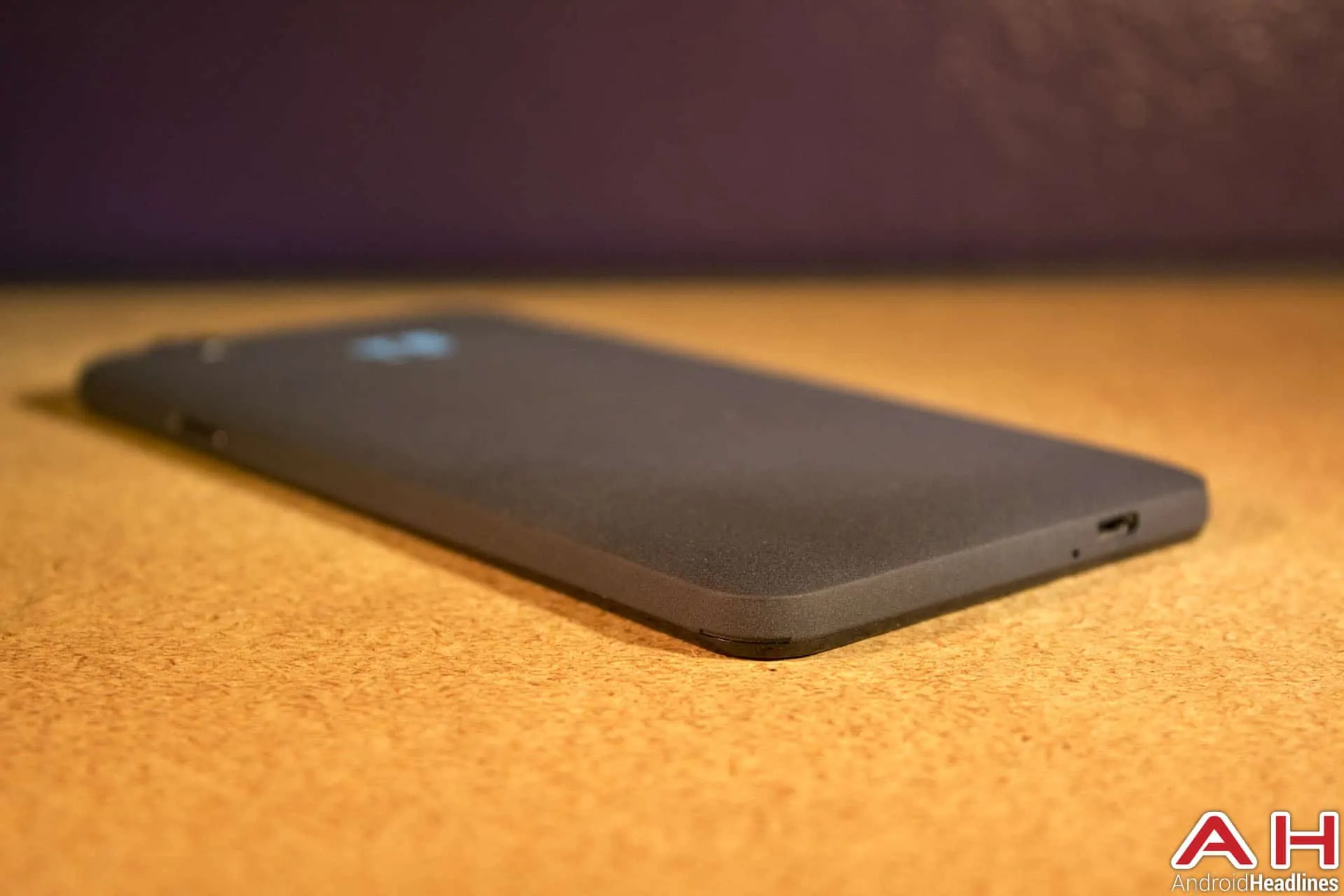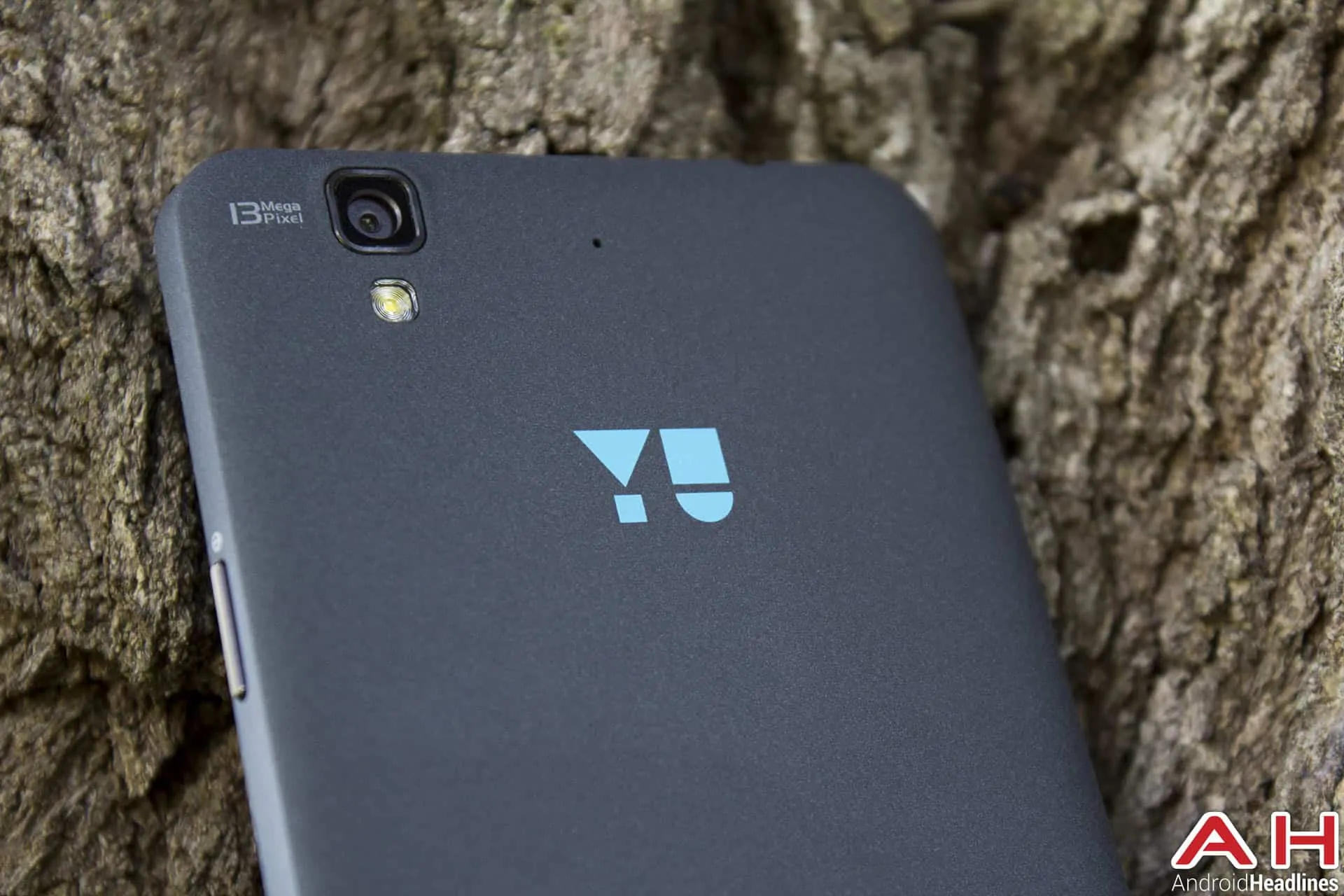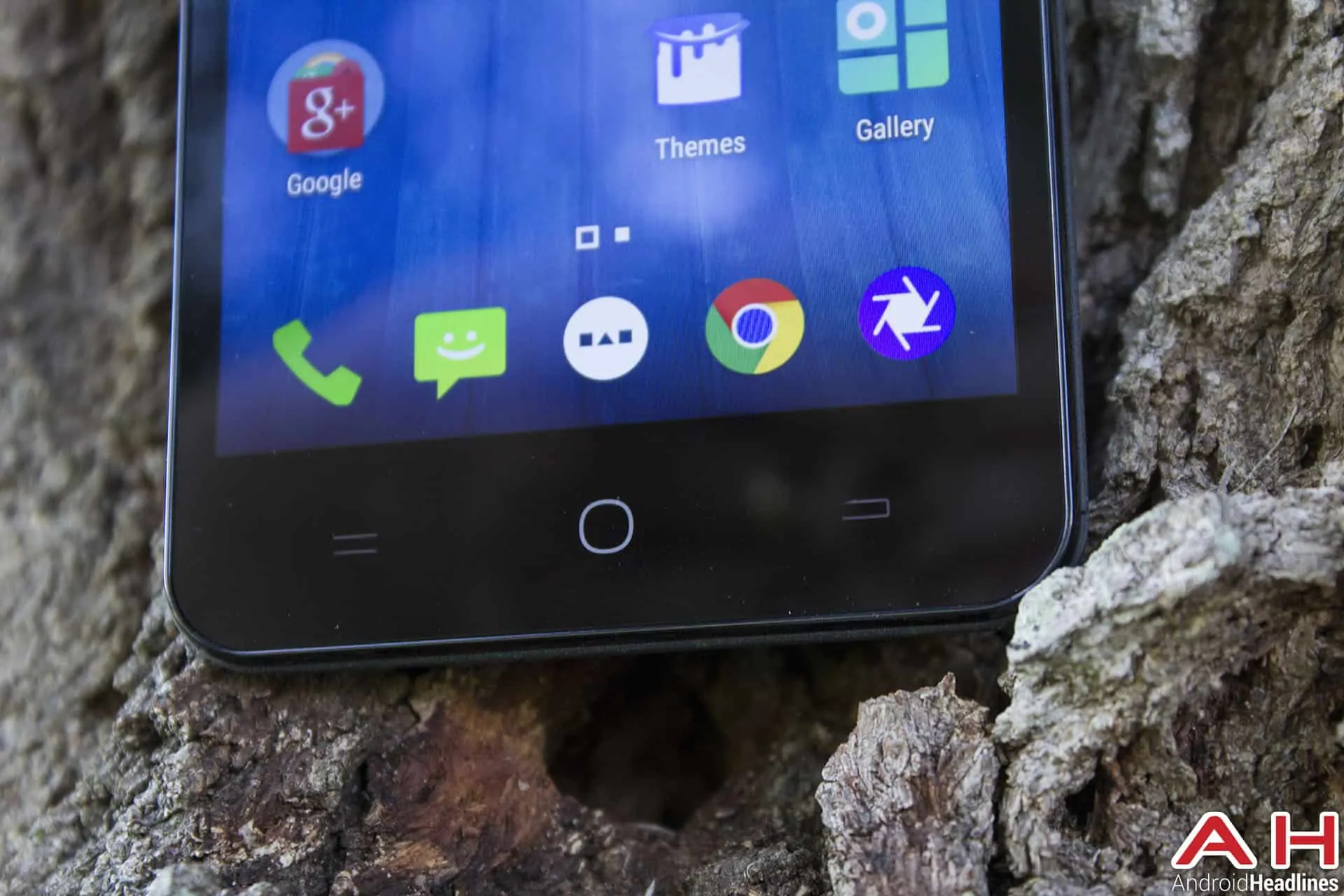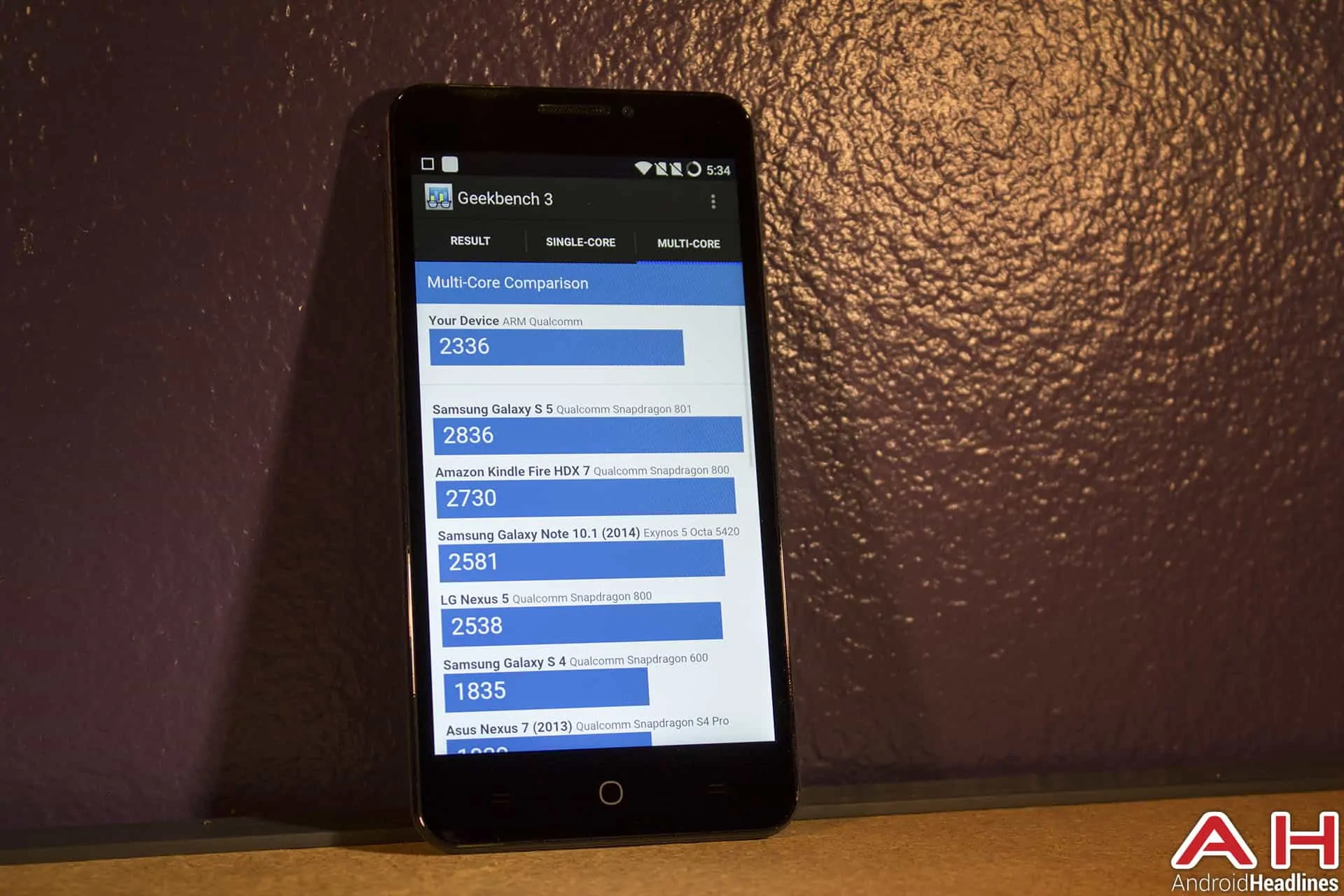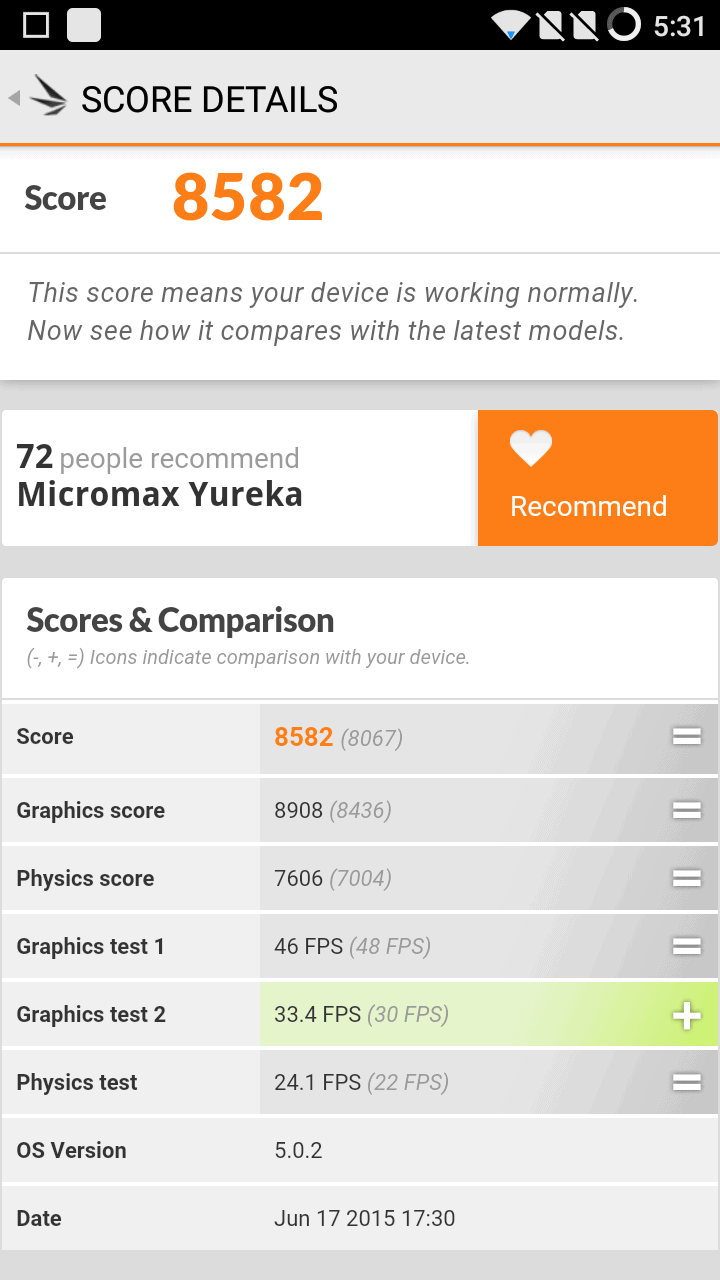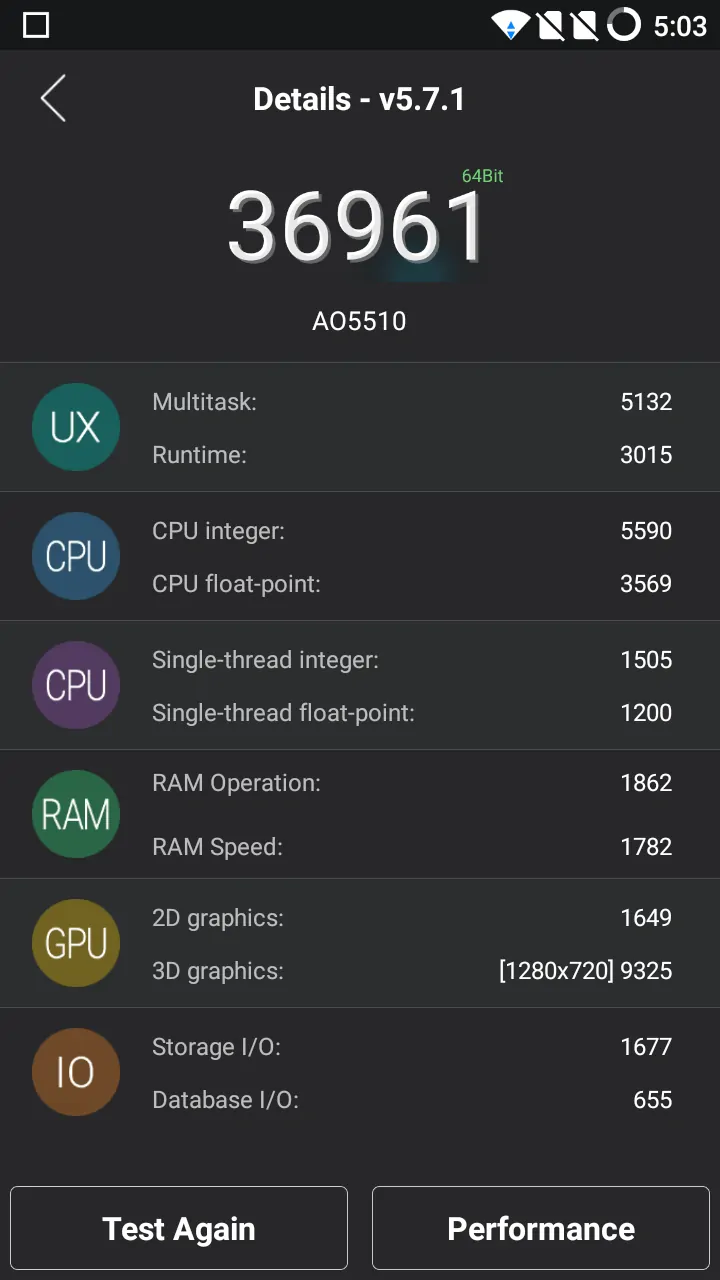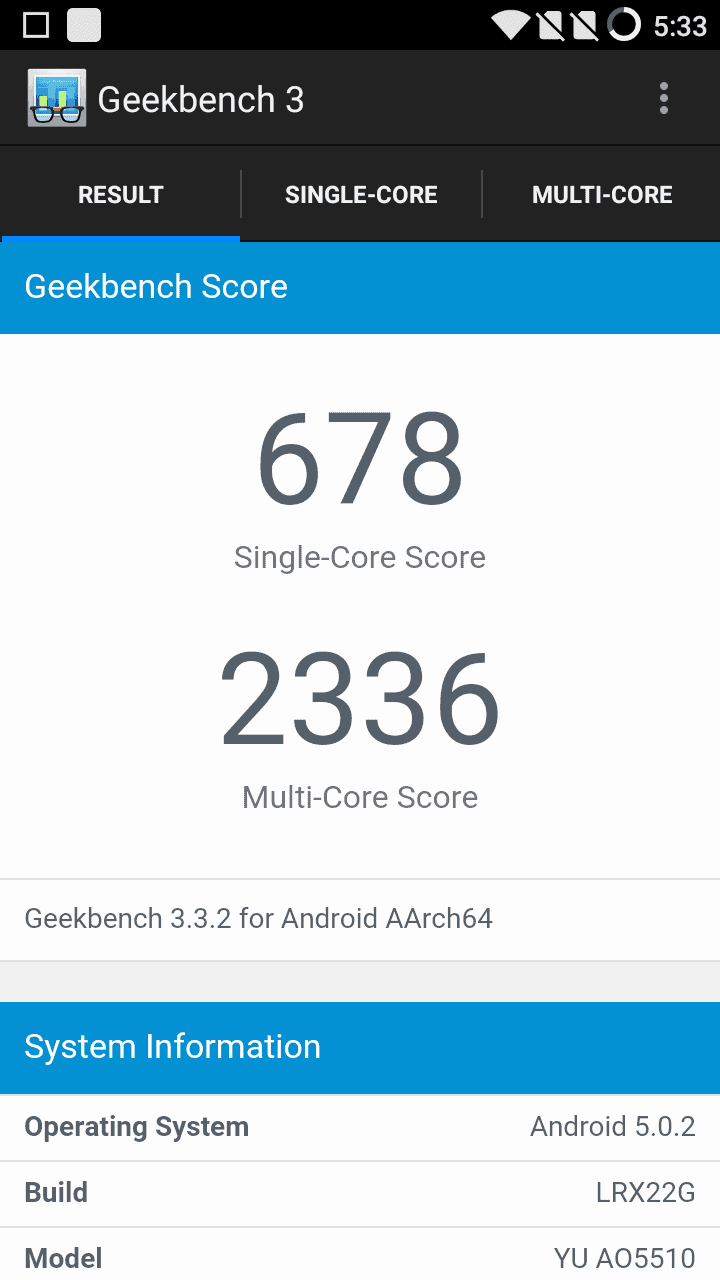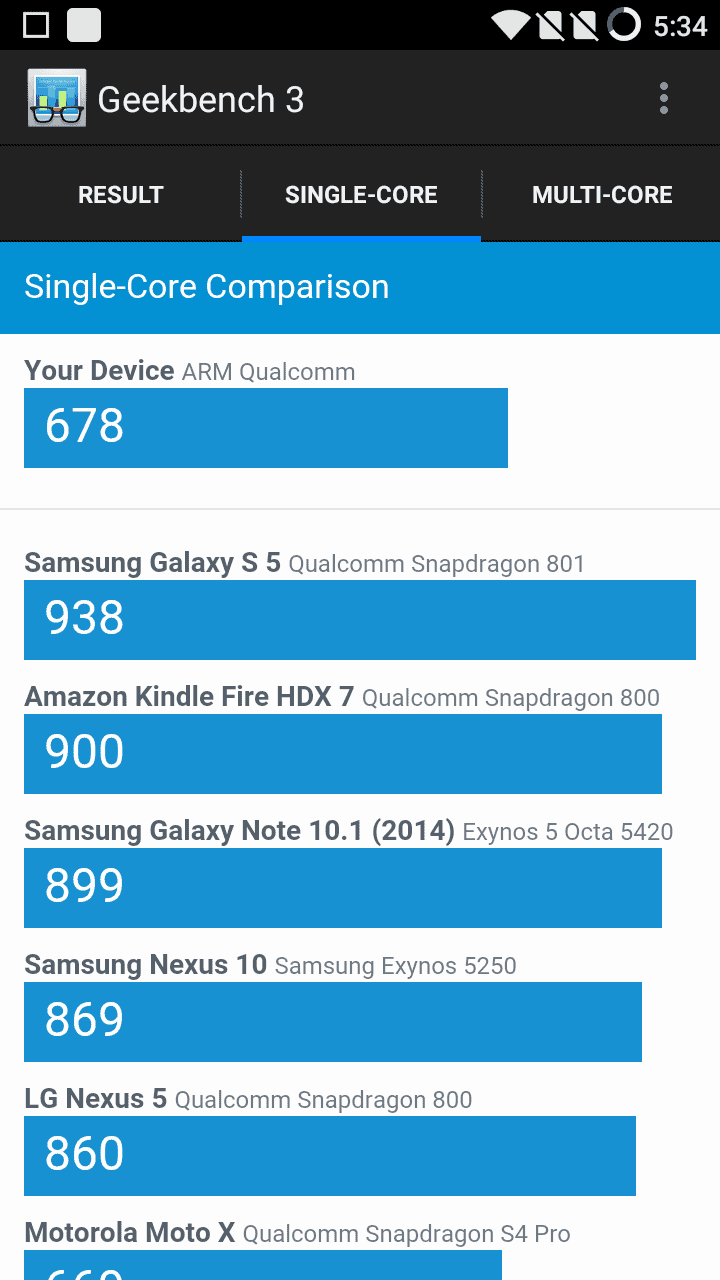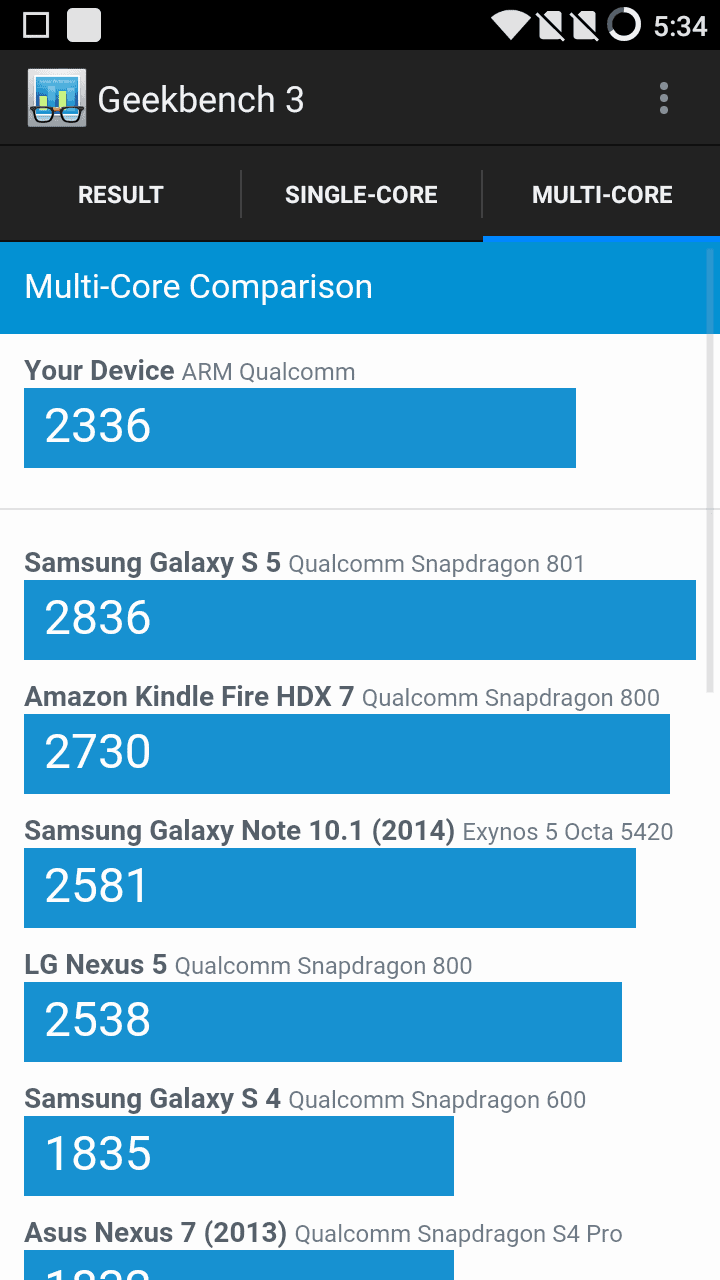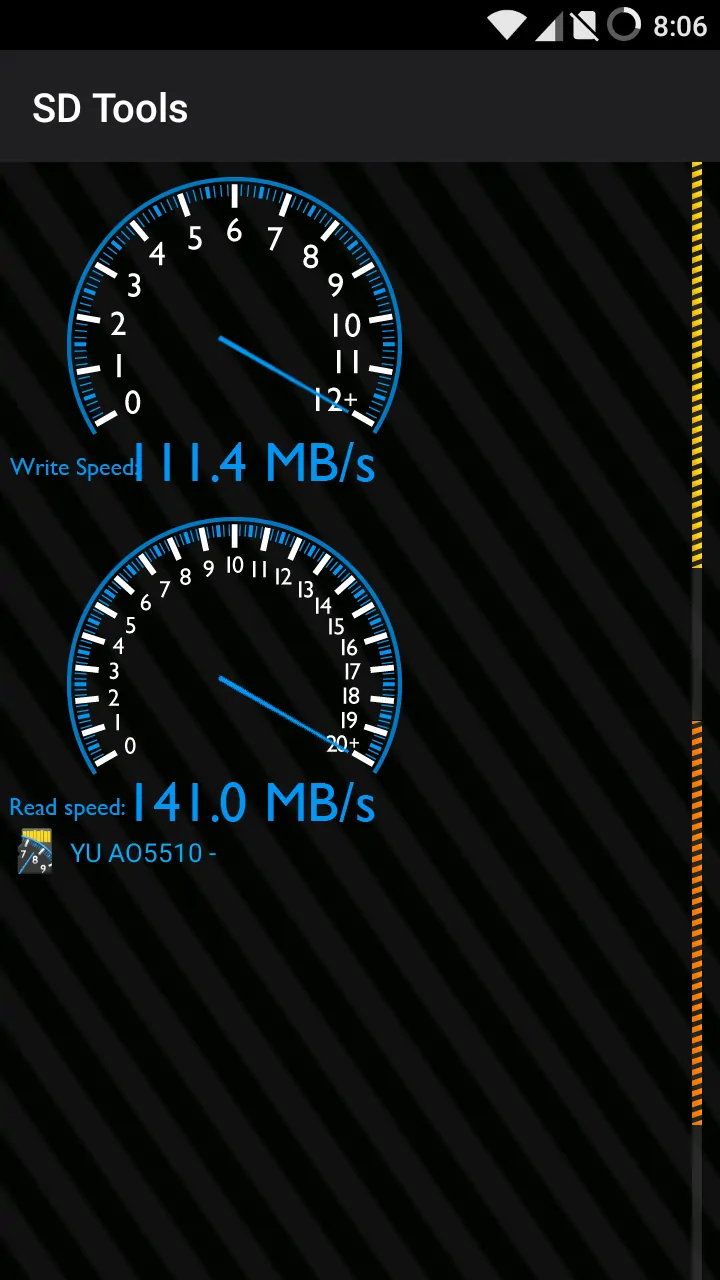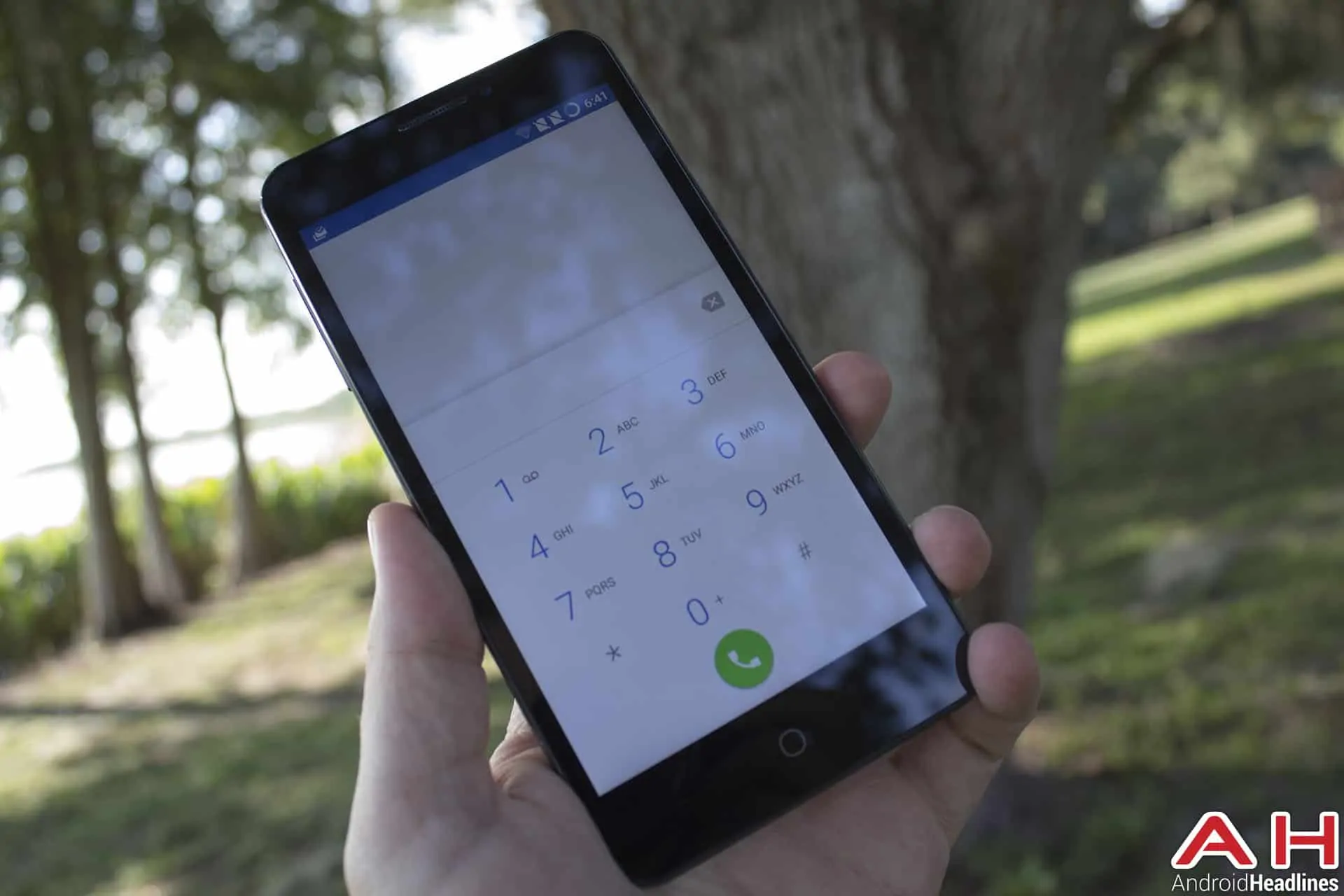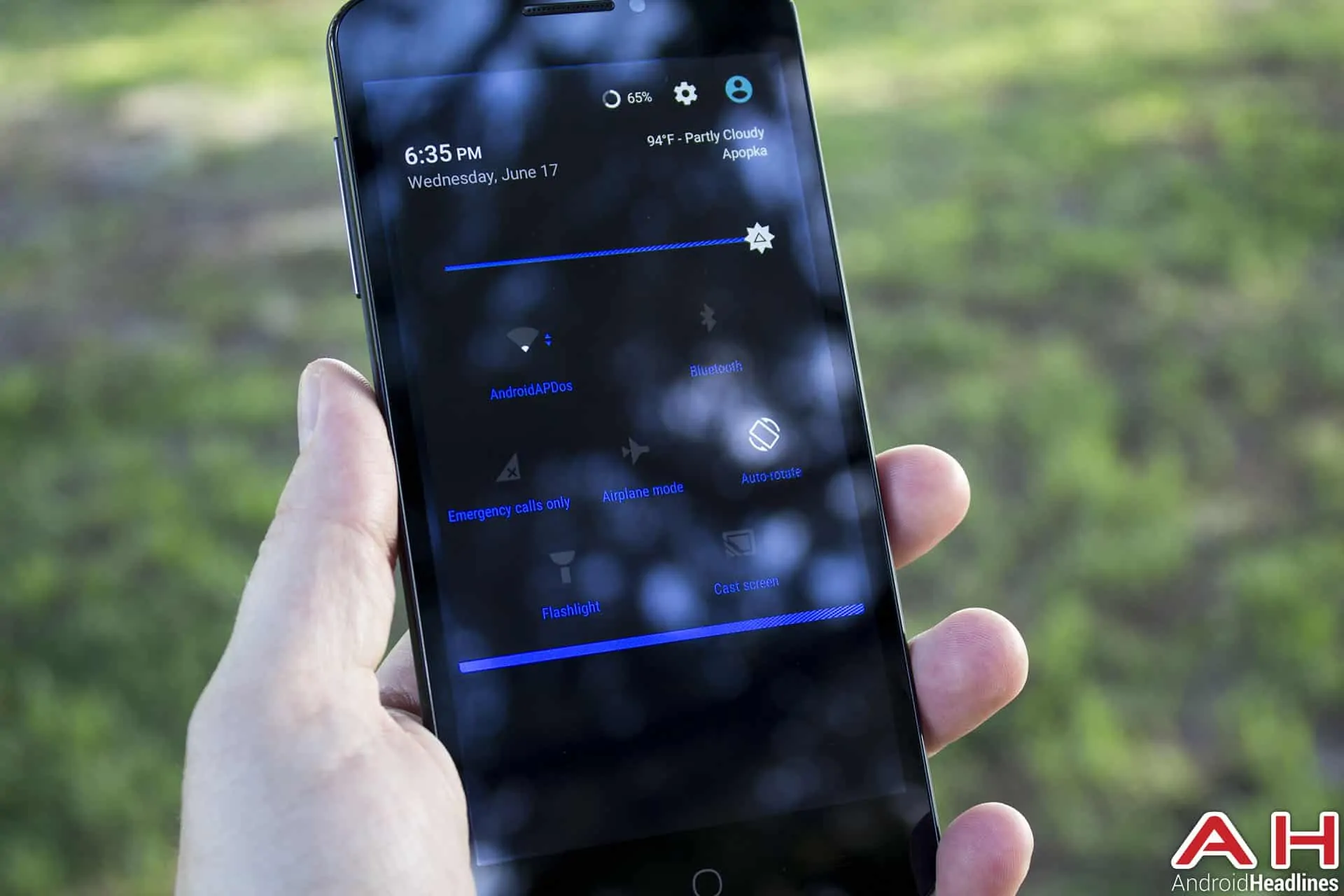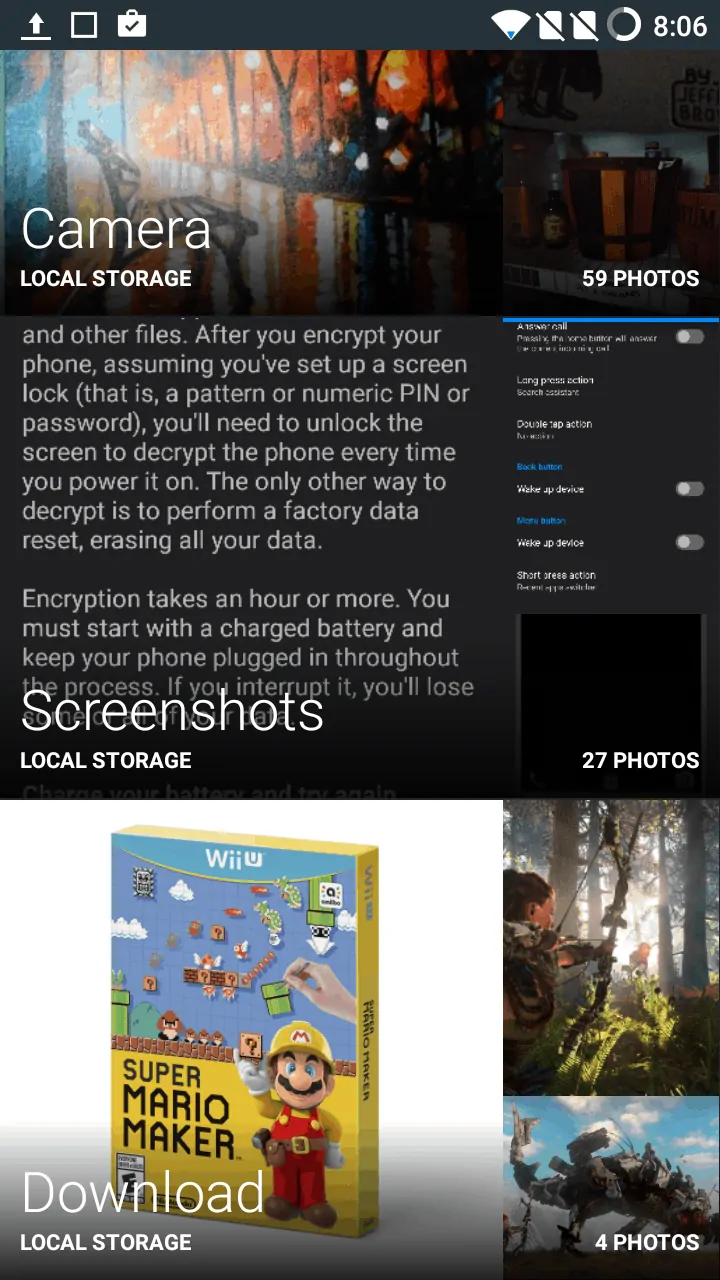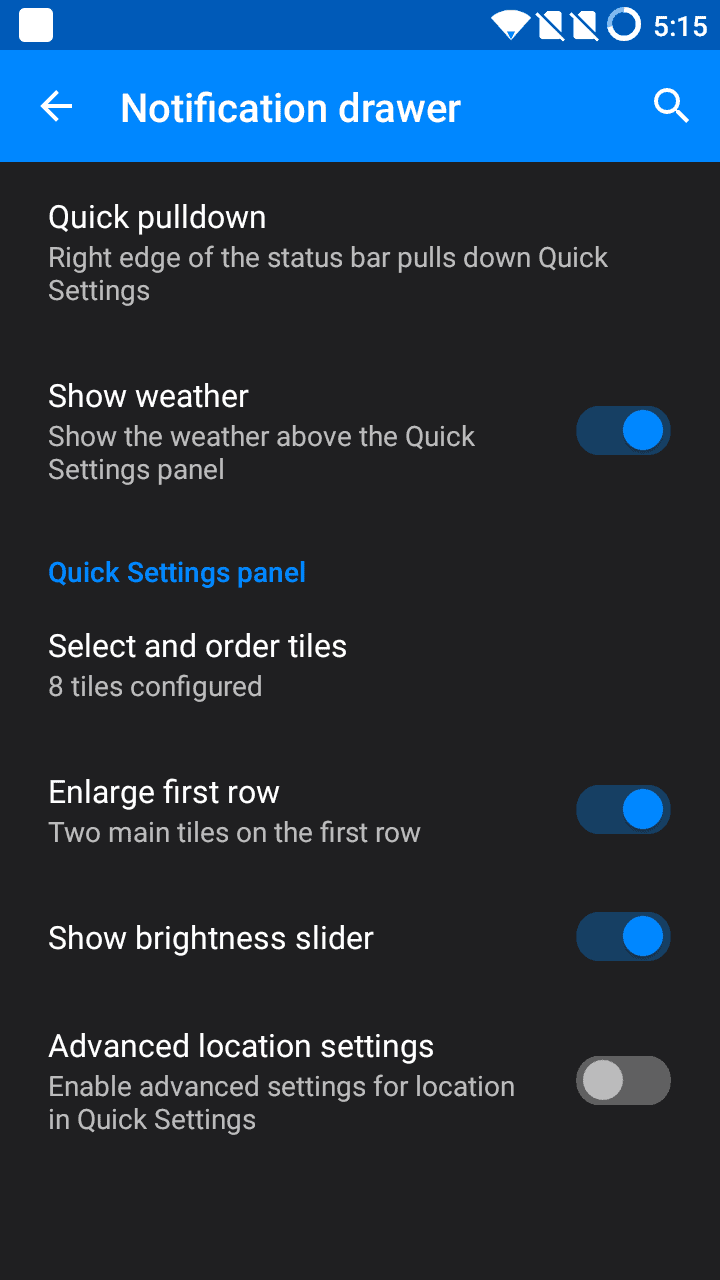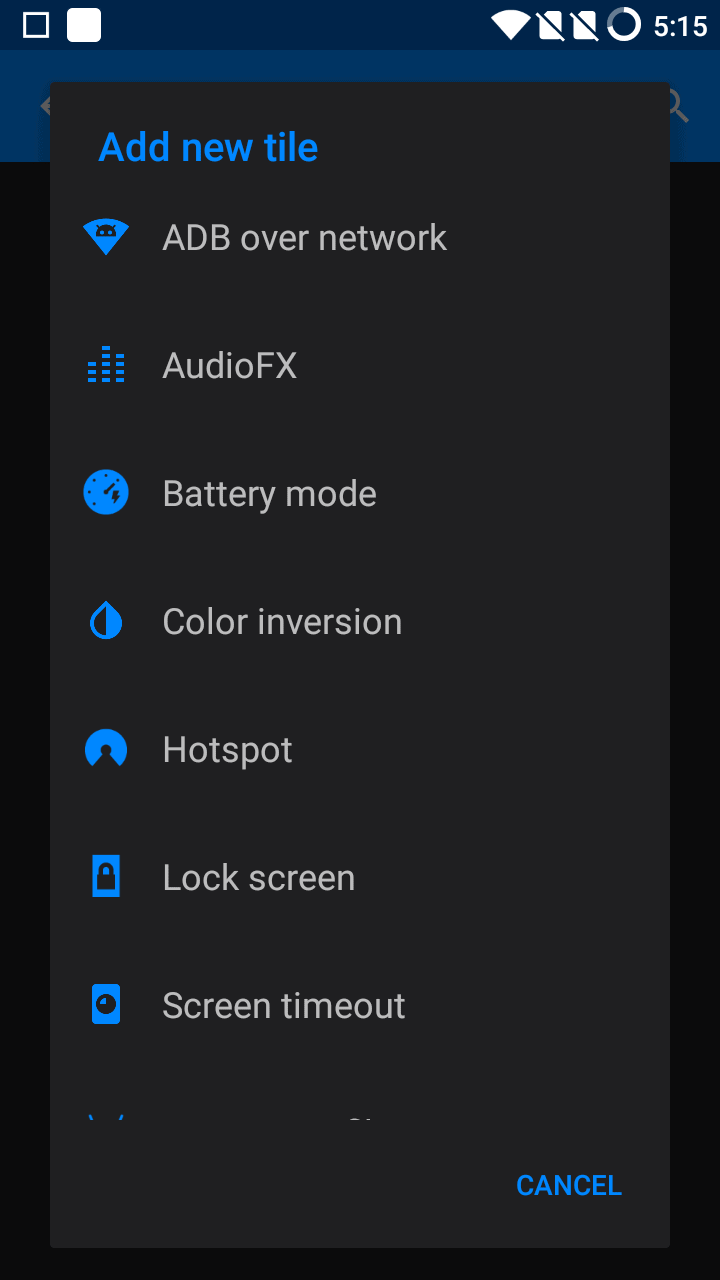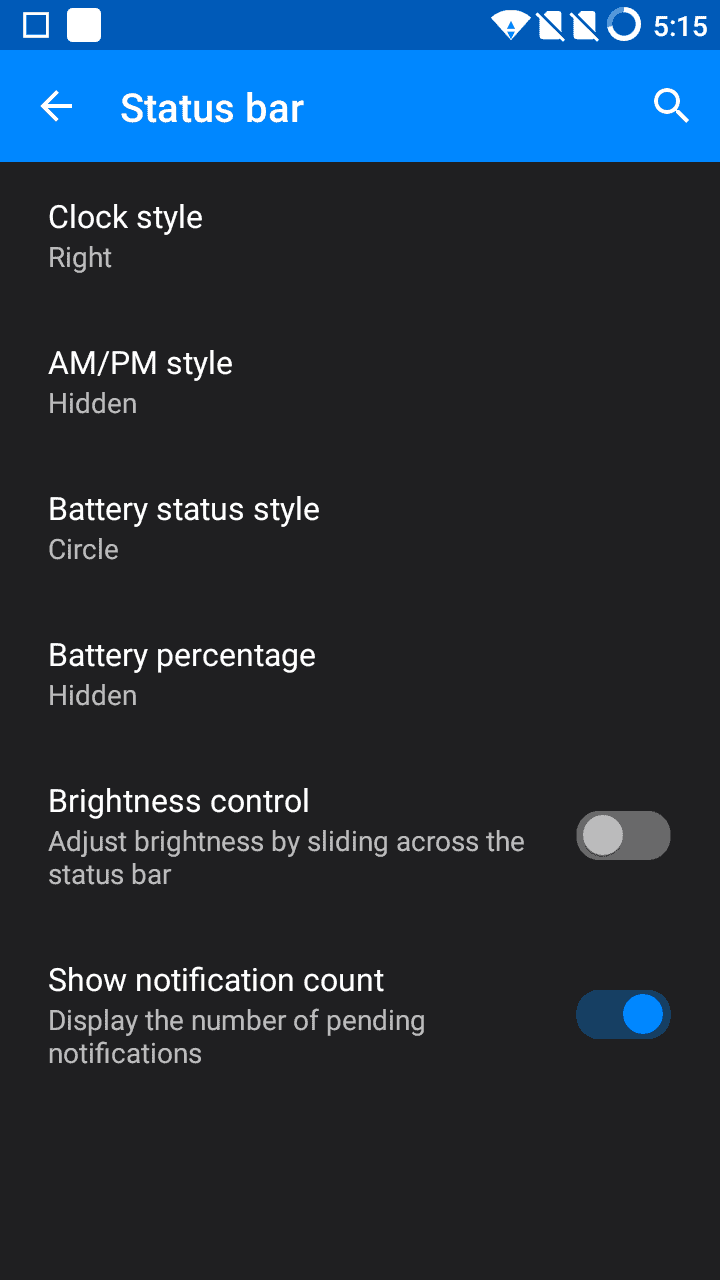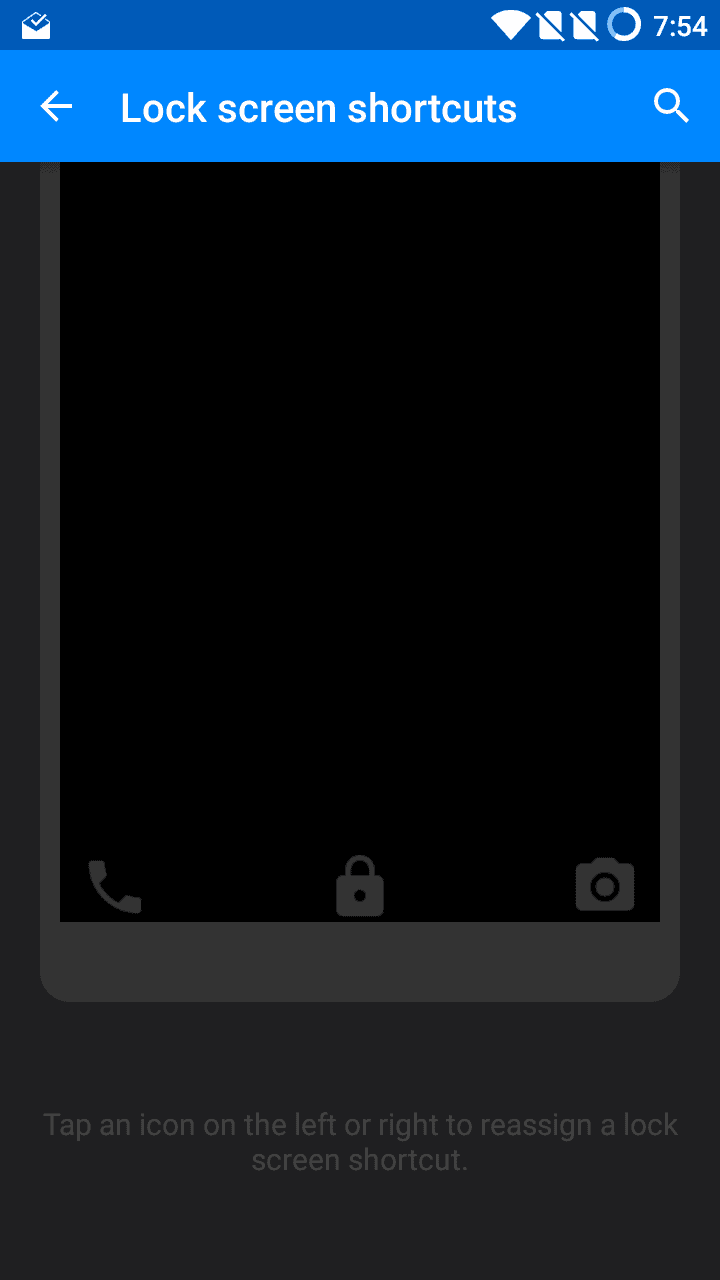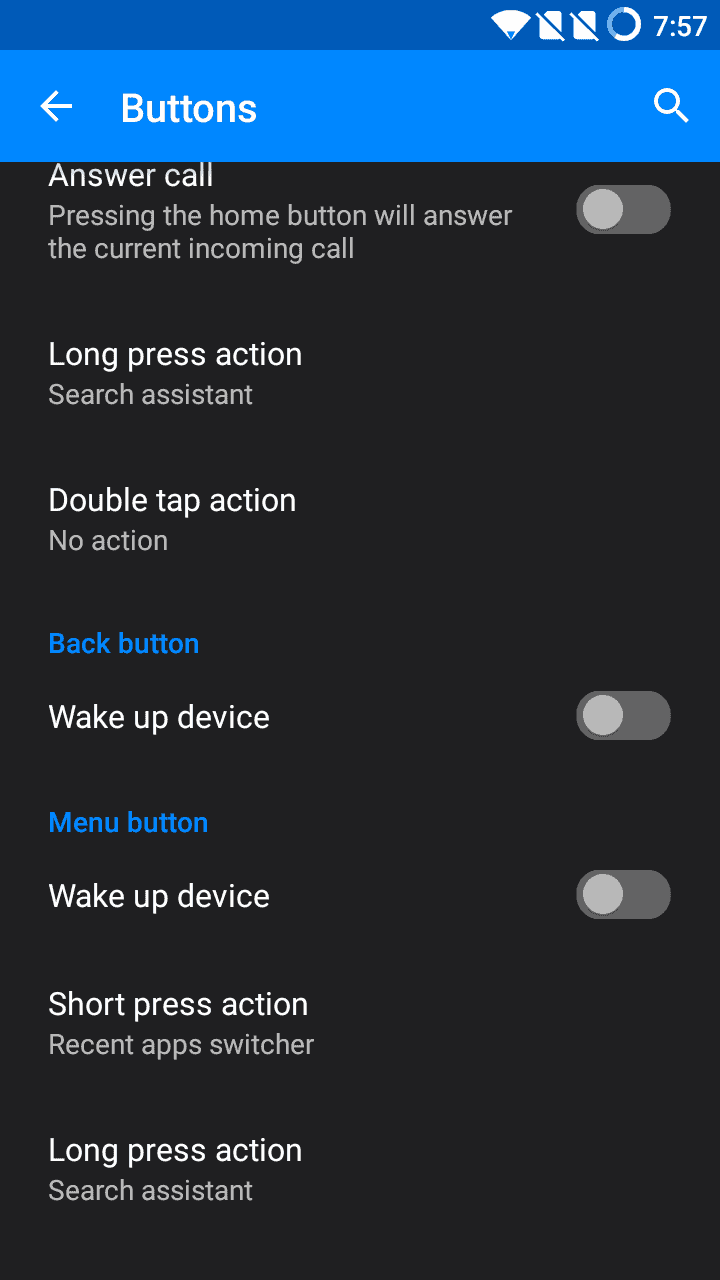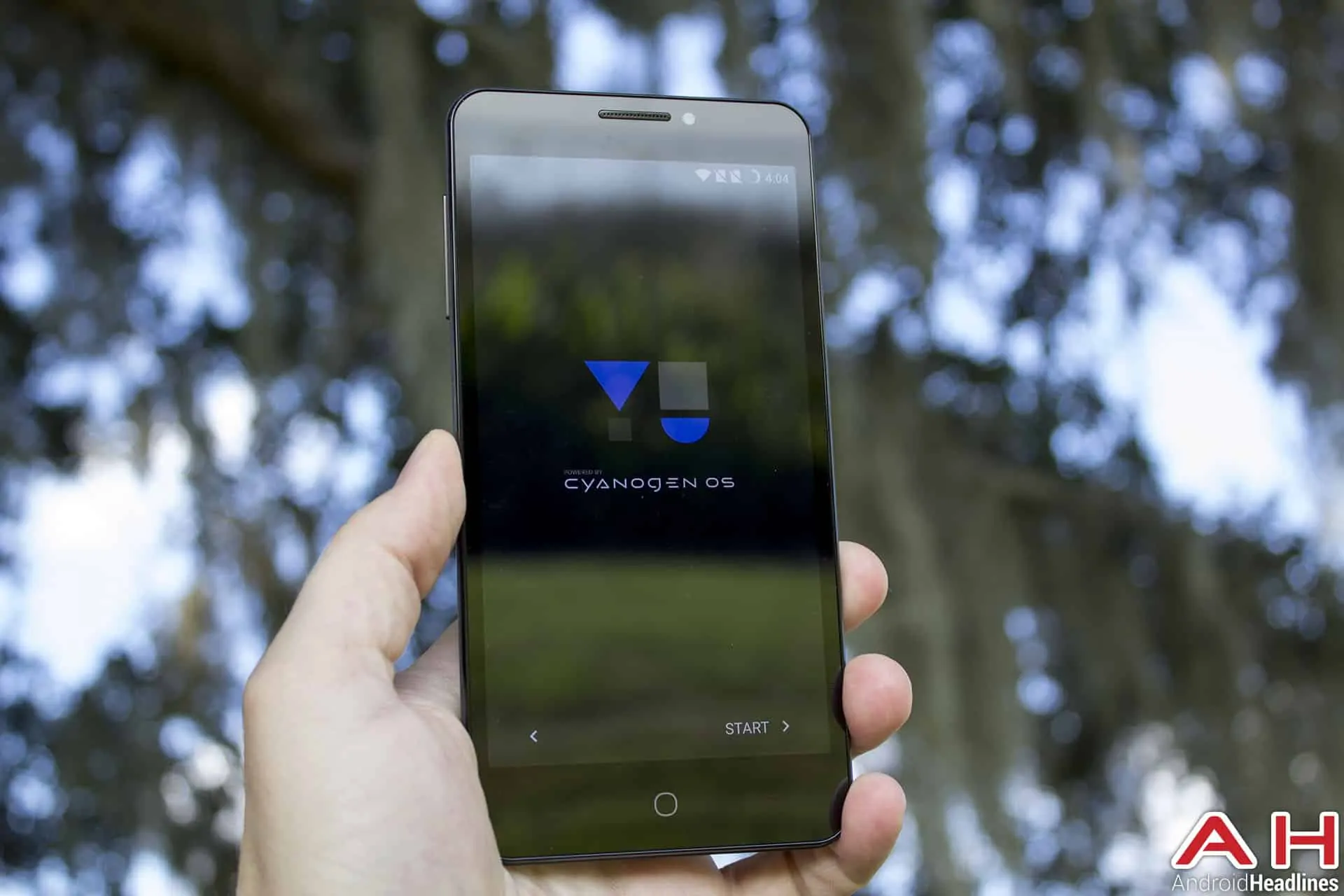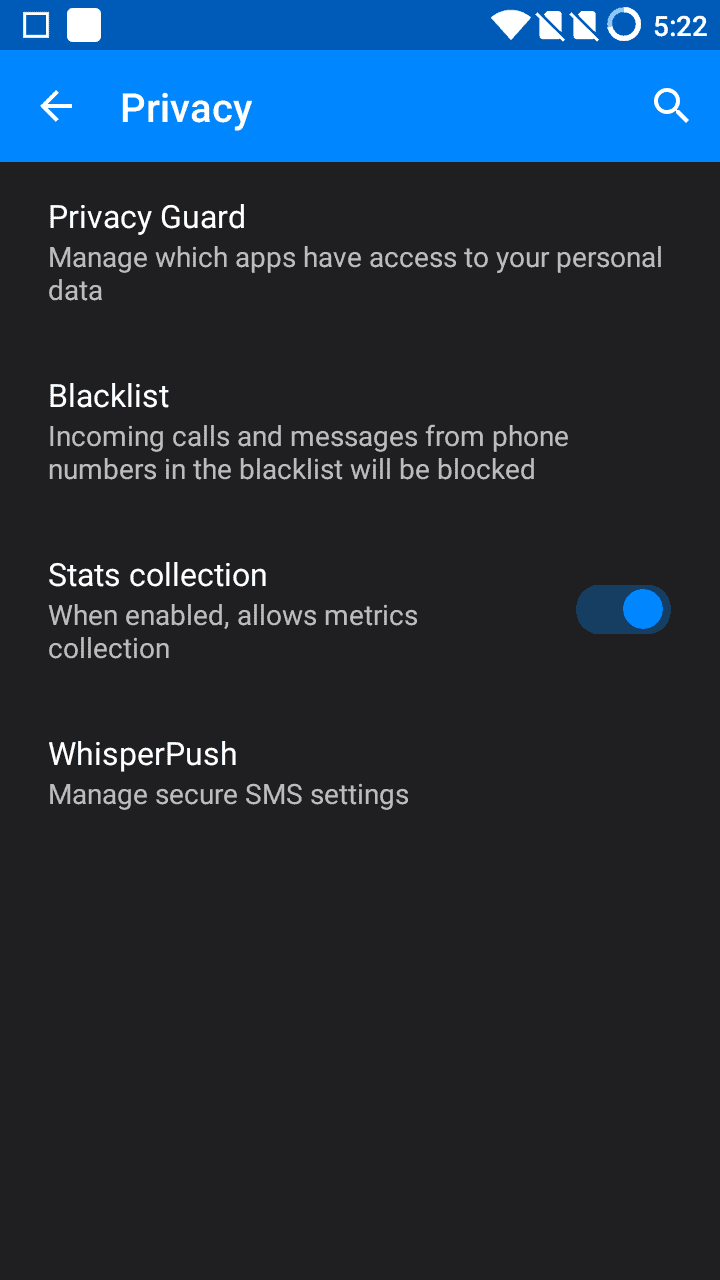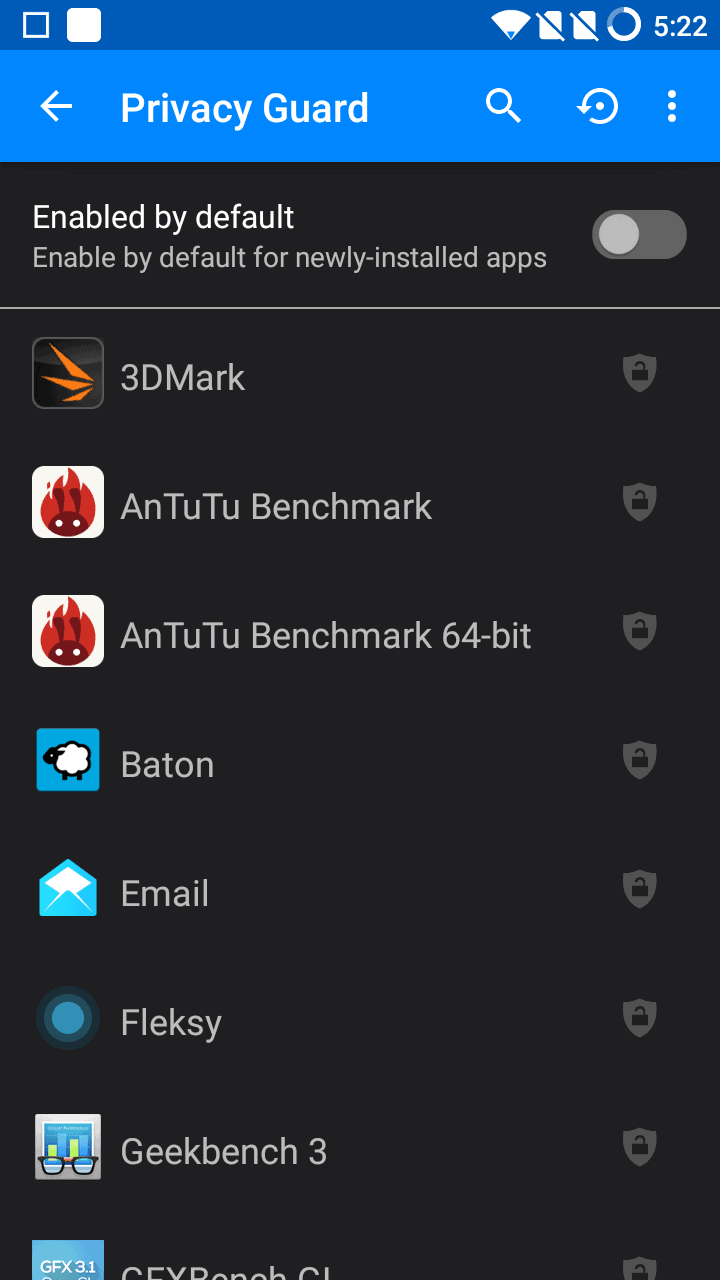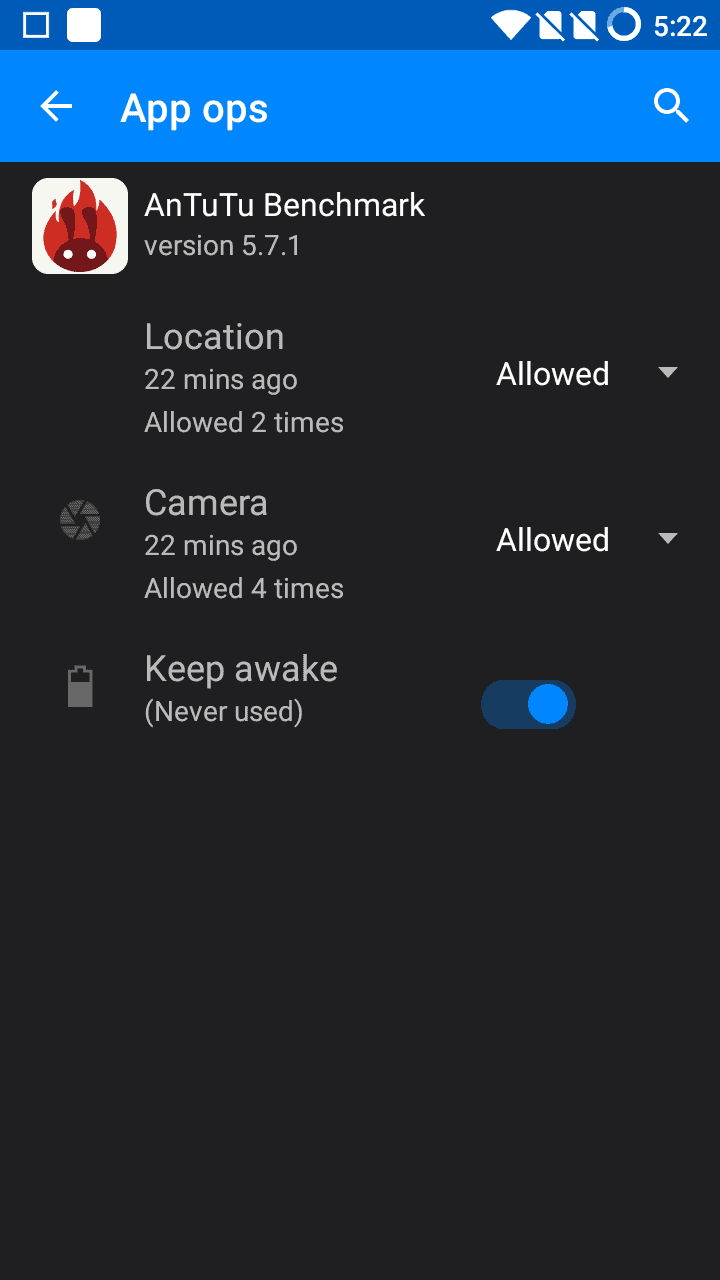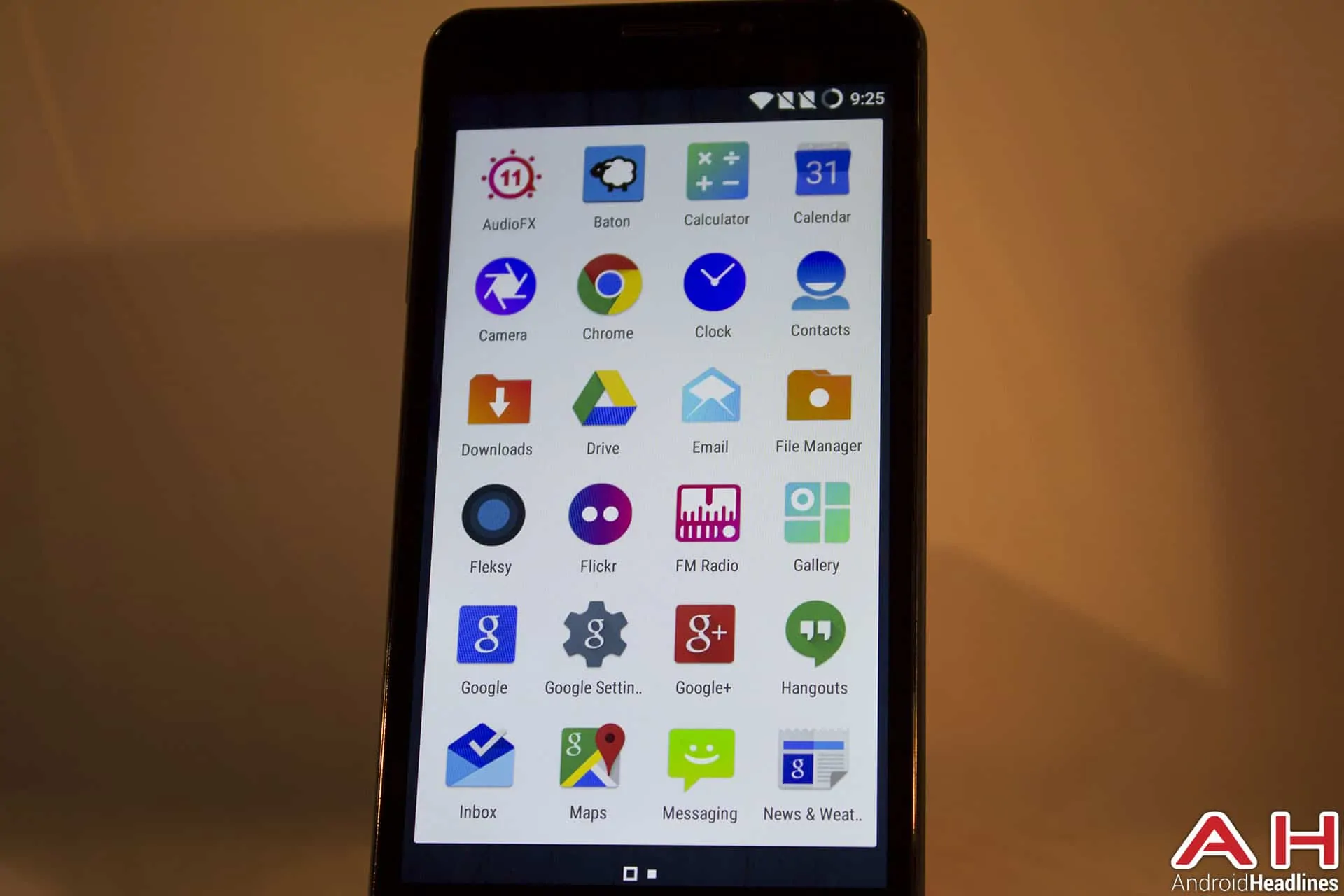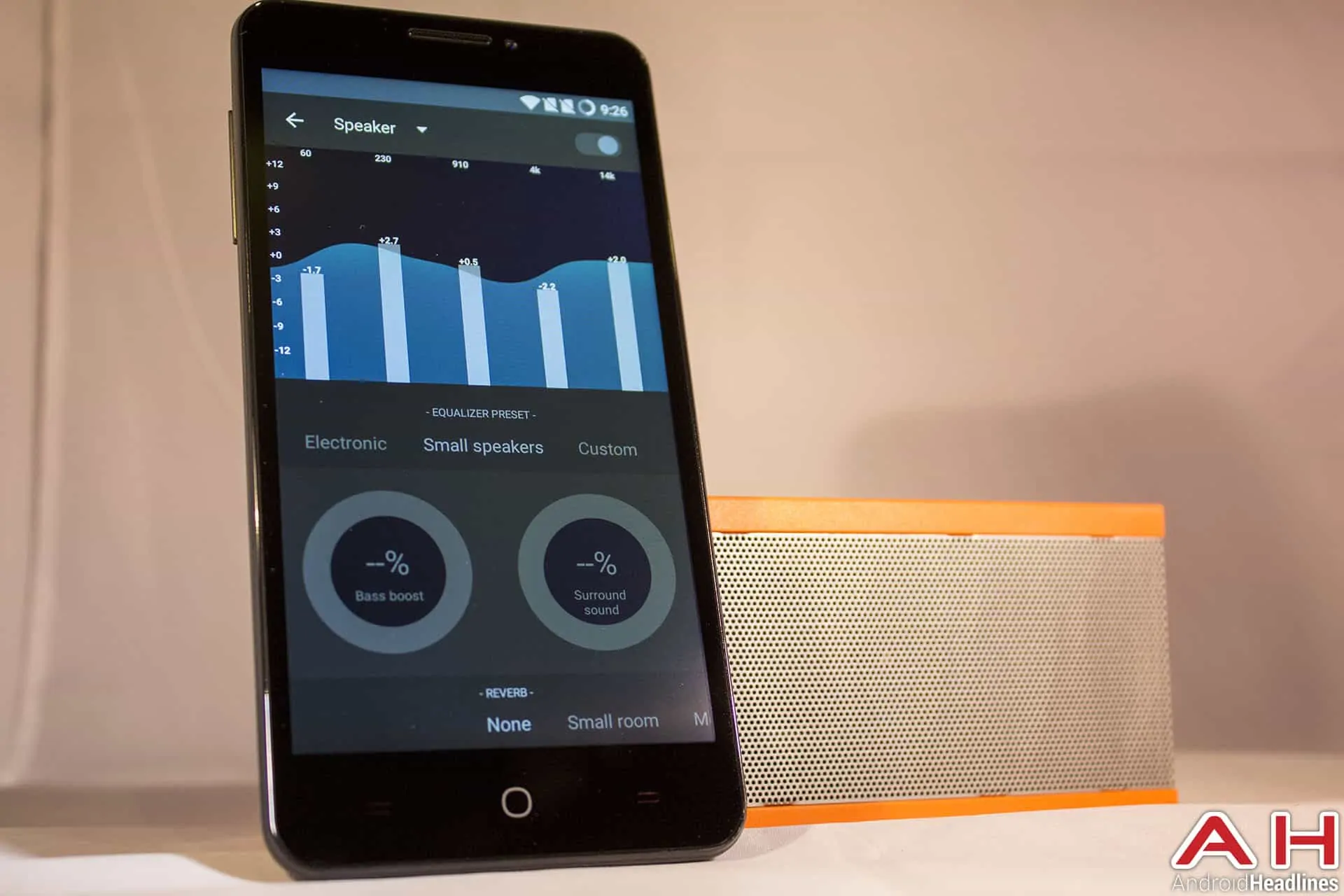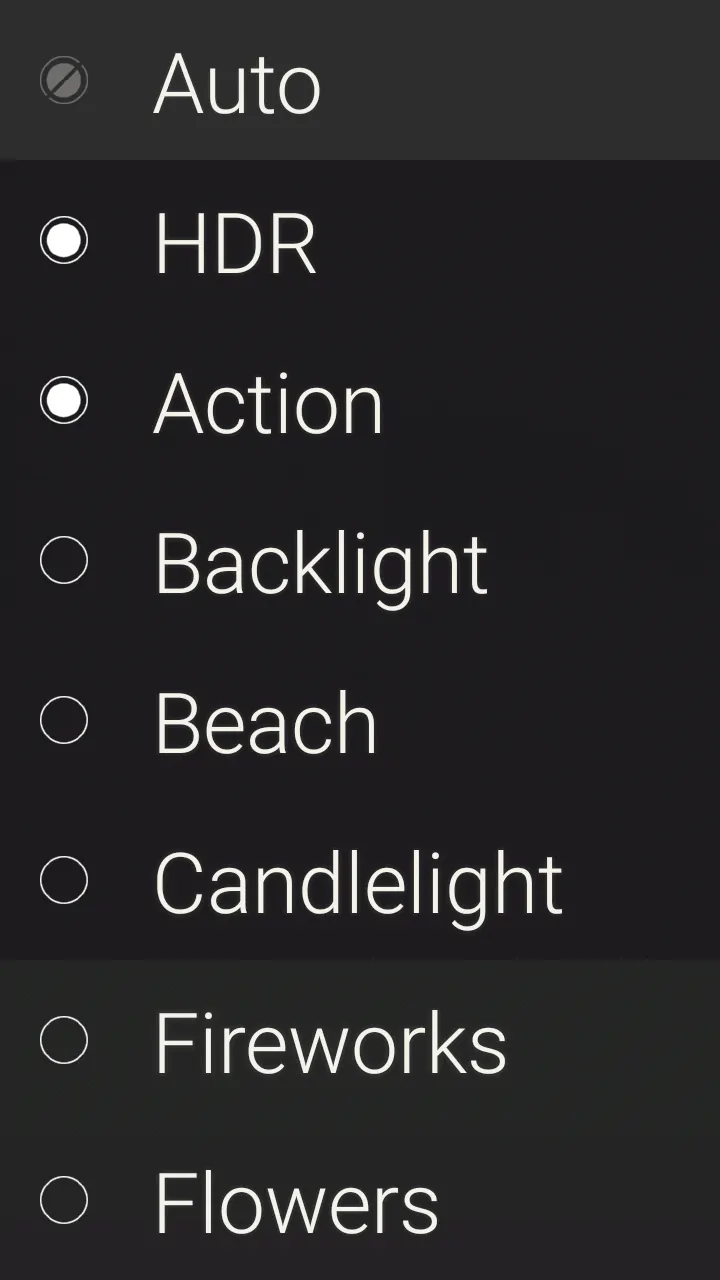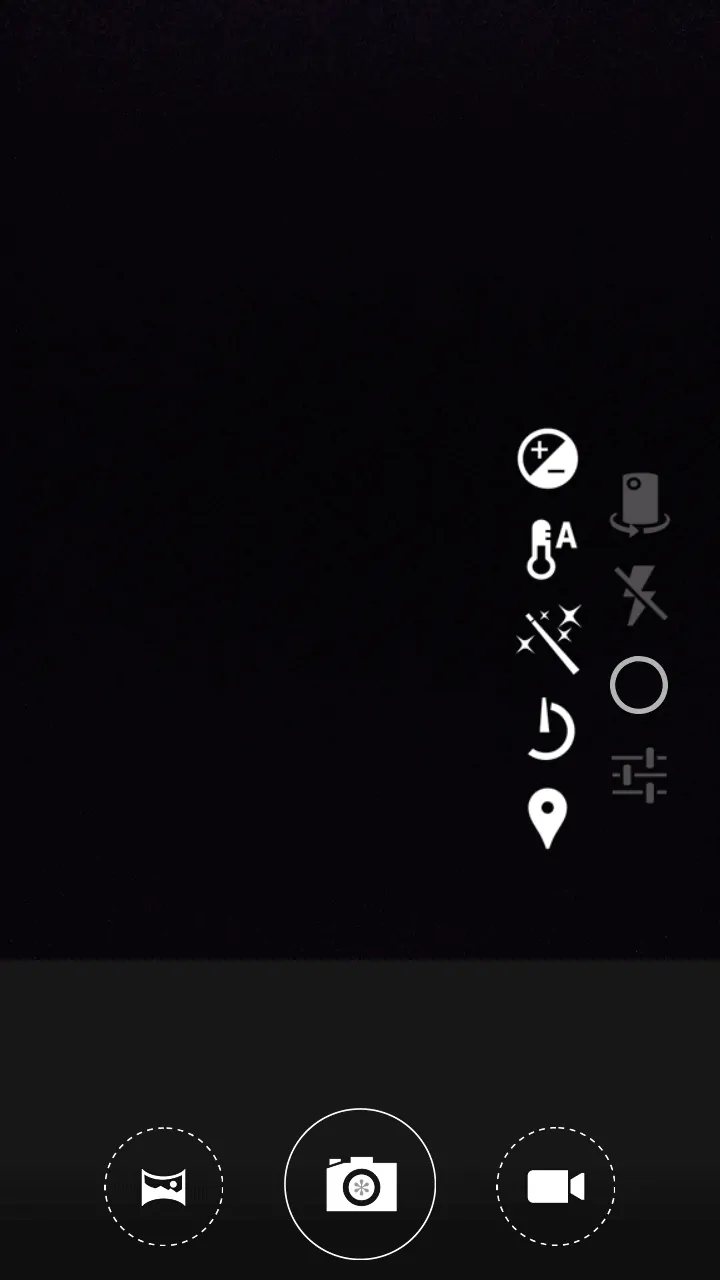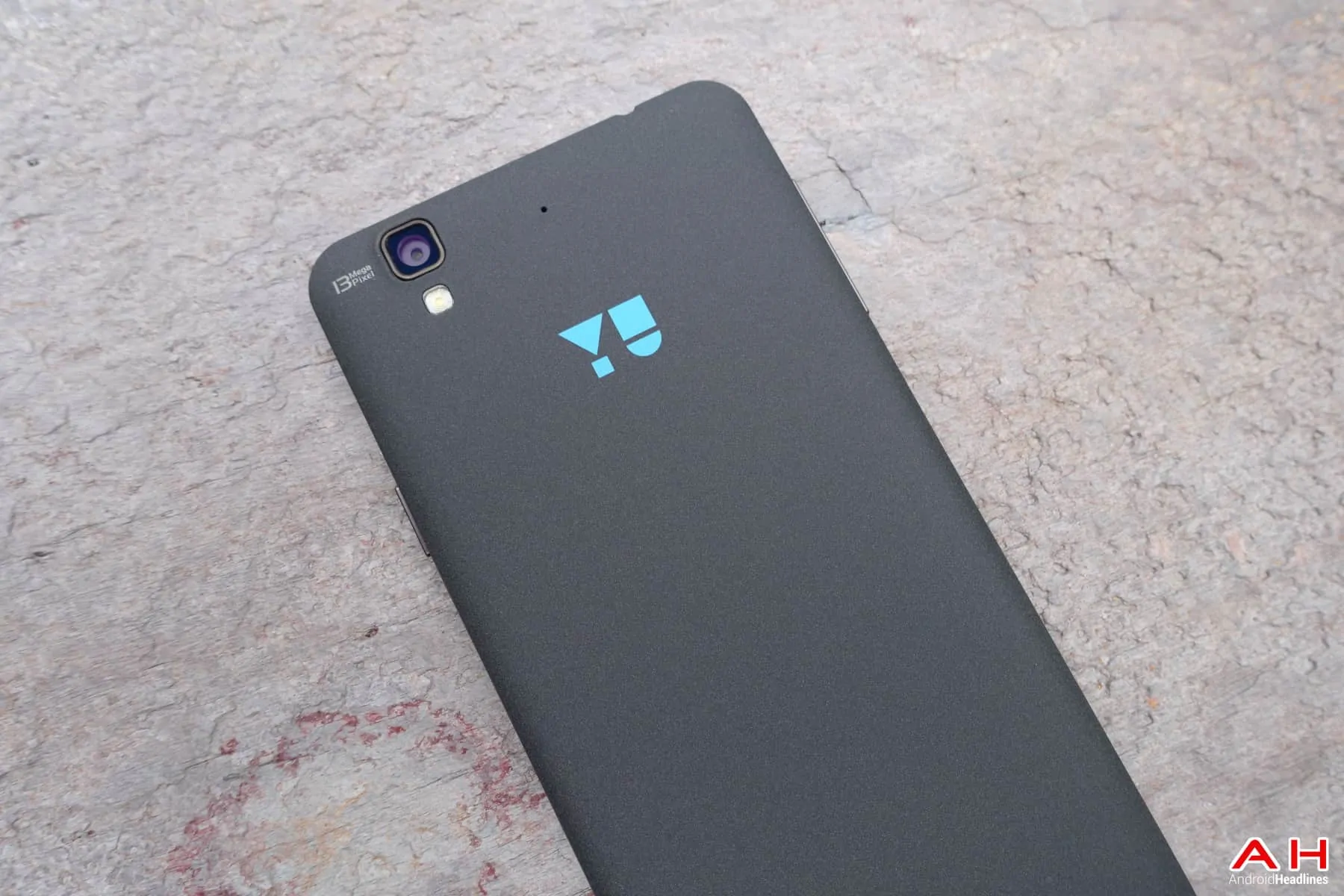The world of inexpensive smartphones seems to change nearly every week, with some manufacturer dropping a new device that continues to push the boundaries of what we thought were possible at low-end price points. The $150 range is full of these sorts of devices, from the speed of the Lenovo K3 Note to the build quality of the Mlais M4 Note, there’s nearly something for everyone. Micromax’s spinoff brand Yu has been created specifically to make devices in this price range and beyond with one very big selling point that’s exclusive to its devices in India: The Yu Yureka ships with CyanogenOS 12 preinstalled. This software difference alone packs a huge list of features and performance that add additional value not normally found at this price level. In addition to that the hardware is no slouch either, so just how good is this package for RS 8,999 ($140USD)? Let’s find out.
Specs
The last time we saw a phone come to the market with CyanogenOS built in was exactly one year ago in the OnePlus One. As Cyanogen’s first big partnership phone the OnePlus One made waves with its spec list that rivaled phones twice its price. Micromax is aiming to take the torch and run with it in India via its exclusive Yu line, and the Yureka doesn’t disappoint on the spec list.
- 5.5 inch 720p IPS display
- Qualcomm Snapdragon 615 64-bit Octa-core processor
- 1.7Ghz Cortex A53 Quad-core & 1.0Ghz Cortex A53 Quad-core
- Adreno 405 GPU
- 2GB of RAM
- 16GB internal storage, microSD card support
- 2,500 mAh Li-Ion battery (removable)
- Android 5.0 Lollipop
- 13MP Sony rear-facing camera, Dual-LED flash, f/2.0 Lens
- 5MP OmniVision 5648 front-facing camera
- 78mm wide x 154.8mm tall x 8.8mm thick
- 155g
Display
Likely one of the worst components of the phone, the screen on the Yu Yureka could be improved in a number of ways. On the positive side this 5.5-inch 720p screen is rather sharp for its size and resolution, and the latency of the panel is nice and low, delivering clear images even at fast speeds. The color accuracy would be fantastic if the panel weren’t so cool, as whites are often far too blue which affects other colors as well. Viewing angles and black levels are pretty typical of an LCD, looking pretty good when viewed straight on but faltering at angles. Colors fair well when the screen is held at an angle but the black levels take a serious dive at various angles.
The biggest problem though is the light bleed from the edges, which can be seen at any angle and is just plain distracting when there’s nothing moving on screen. Outdoor viewability is fantastic as the panel is incredibly bright when put at its highest brightness level. The digitizer is also mostly excellent, almost never losing my swipes no matter how fast I typed on Fleksy, which is my keyboard of choice and requires lots of accurate swipes and presses to keep the experience favorable.
Hardware and Build
CyanogenOS-powered phones now have a reputation for having an interesting build, and the Yu Yureka doesn’t disappoint there. In this price range you generally can’t expect both a great build quality along with great specs, and you’d mostly be right here. The Yureka feels like a cheaper device without a doubt, but it’s the back of the device that keeps it feeling special. Covered in a soft touch material that feels more like a soft fabric than plastic, the back of the Yureka makes the device a pleasure to hold all while enhancing grip over plain old cheap shiny plastic. The Yu Yureka feels much thinner than it actually is, and it’s due to the fact that it’s both very light and has a flat edge running around the phone that’s thinner than the rest of the device.
Button and port configuration is standard for an Android phone; power button on the right side of the phone, volume rocker on the left, microUSB port on the bottom, 3.5mm headset jack on the top. The back features a sound bar near the bottom as well as a single LED flash below the camera lens on the top left. The face of the phone fits some pretty standard-sized bezels around the screen, with a set of capacitive buttons located below. The home button is a constant rounded square that’s always visible where the menu and back buttons are only visible when the backlight is on. These buttons are completely remappable so their default function is only a consideration upon first usage.
Performance and Memory
Qualcomm’s newest chips push the latest in mobile processing technology, including 64-bit architecture and big.Little style octa-core processors. The Snapdragon 615 that powers the Yu Yureka is slightly different from other octa-core chips out there in that it is powered by the same Cortex A53 cores for each quad-core processor inside, however one’s speed maxes out at 1.0GHz while the other tops out at 1.7GHz. We’ve already reviewed two phones with this same processor, one of which tended to stutter while the other one ran smooth as butter. The Yu Yureka falls into this latter category and performs admirably under almost any condition. Part of this performance is the memory used to store the phone’s data, which is about twice as fast as most phones in this price range.
Storage memory speed’s importance cannot be understated, as any time a system gets bogged down with tasks to complete it’s almost always the storage speed at this price range that creates a performance bottleneck, not the CPU. We like to run a suite of benchmarks for comparison’s sake with other phones, so please check out all the benchmarks below. Note that GLBench 3.0 and 3.1 would not run on this phone as we’ve seen from some other 64-bit Lollipop powered phones, so those scores are missing from our tests in this review.
Multi-tasking is aided by the fact that the menu button can be remapped to the Overview function, making the multi-tasking window a touch away at any time. Couple this with Android Lollipop’s superior multi-tasking vertical carousel and you’ve got the best system around, making switching between apps essentially as fast as humanly possible. Plenty of RAM for a 720p screen means apps generally don’t ever reload, even when tons of apps are open at once.
Battery Life
A rather standard-sized 2,500mAh battery graces the internals behind the removable back of the Yu Yureka, but since it’s only got a 720p screen it essentially becomes a larger than average battery. Even after super heavy usage of streaming music all day long, chatting on Hangouts and watching lots of YouTube videos during the annual E3 gaming conference I couldn’t kill this thing after a nearly 20 hour-long day. Standby time was fantastic too as the device generally lost only a few percentage points after being left off the charger all night, showing good background app management via the software.
Phone Calls and Network
Here’s where the downside is going to come in if you’re not a reader from India. The Yu Yureka only works at 2G speeds on every US GSM-based network. Things still function, including phone calls, MMS and data, but they’re slow as you remember 2G being. Even phone call handoffs took a while, as accepting or placing a call sometimes took 5 or more seconds until the phone app was actually on screen and connected to the network, with additional wait for the call to connect as well. Call quality was great during the usage period, delivering clear calls that were as good as any 2G or 3G network could deliver, and an earpiece that delivers clear, loud sound too. As I can’t test this outside of these networks I have to assume Micromax designed this specifically for India’s unique networks including full dual-SIM functionality for more than one networks’ coverage in the country.
In any case here’s the full list of bands supported by the Yu Yureka so you can find out of your carrier of choice is supported.
2G – 900, 1800, 1900MHz
3G – 900, 2100MHz
LTE FDD – 1800, 2300MHz
Software
UI
CyanogenMod is likely familiar to many people reading this, as it should be. It’s the most popular after-market firmware for Android no matter what phone you have and for good reason. CyanogenOS, like the open-source CyanogenMod that made the name so popular, is based on stock Android and builds upon the features there instead of trying to replace the experience for a different one. That means the stock Android Lollipop interface is here in all its glory, and with full Cyanogen Theme Engine support too. Themes are presented via the appropriately named section in system settings and is the latest version of Cyanogen’s amazing theme app which presents each theme broken down into around a dozen different elements including status bar, navigation bar, icons, font, etc. It’s the most complete theme engine on the market and there’s literally thousands of themes available, both free and paid on the Google Play Store. Cyanogen even provides a theme showcase where it features new and popular themes with direct links to the Play Store, playing nice with Google’s ecosystem and making things nice and easy for users.
That being said about the theme the default Yu theme is very unique looking, with lots of dark greys and blues in place of the lighter colors of stock Android 5 Lollipop. There’s even a unique set of buttons scattered throughout the UI, neon icons and rounded edges to notifications and other pop-up windows. Outside of this there’s not a lot of variation from the stock Lollipop interface at first until you dive into the settings menu. Here is where you’ll find the ability to change nearly everything about the UI that you want, from icons and other information displayed at the top of the screen like the clock to the available quick toggles in the notification shade. As was the case on the OnePlus One you can choose between the built-in capacitive keys on the front of the device or to use the standard Android software keys which offer more functionality and flexibility at the expense of some screen retail being taken up.
Notification manager gives users total control over which apps can show notifications on the lock screen or even at all. There’s even a way to turn off those pesky persistent notifications for apps that like to keep your notification shade cluttered. Double tap to wake the screen is here and you can even double tap the status bar at any time to shut the screen off too, keeping those precious buttons from wearing out and your fingers not needing to reach for them constantly.
Security
Certainly one of the big selling points of CyanogenOS and CyanogenMod are the privacy and security features, which are welcome additions to stock Android. Among them is the ability to block apps from accessing specific permissions even if they are listed as necessary for running the app. As you would expect there will be mixed results when blocking apps from some permissions, such as the ability to read GPS location or your contacts list, but as a whole I’ve never run into an app that doesn’t work when permissions are blocked. This setting isn’t enabled by default but can be turned on either just for specific apps or by default, meaning that the OS will ask whether or not an app has permission before it accesses your information.
Communication security and privacy is also an issue that Cyanogen covers for its users, providing a way to block numbers from calling or texting. There is also a secure SMS service Cyanogen calls WhisperPush, which upon registering delivers SMS messages through a secure server which encrypts the data, keeping your personal information from being stolen as it could be in plain text without the service. There’s also a way to completely encrypt the phone found under security settings. This requires a password since everything is safely stored and protected and offers a level of security well beyond what most phones on the market do.
Apps and Settings
CyanogenOS, which is running on the Yu Yureka out of the box, also comes with some additional apps and services that Cyanogen has built in for value. This of course includes the standard messaging, music, calculator and sound recorder apps you might expect from a modern Android phone out of the box. There’s also a screencast app here for easy screen recording, a fantastic browser called Yuniverse based on the popular Opera, Cyanogen’s own Gallery app that sorts pictures into moments and folders, the brand new email app powered by Boxer, Baton for cloudifying apps that don’t have such services enabled, a file manager, FM radio and more. While this list seems like it’s getting a little long it’s actually an incredibly useful group of apps with services that you might not otherwise expect, all of which you’ll likely find yourself using instead of uninstalling or disabling right away. The number of apps installed is really only just over a page long out of the box, so it’s not like we’re talking hundreds of megs of pre-installed stuff anyway.
Sound
CyanogenMod has included a built-in equalizer for many years now, but the introduction of CyanogenOS brought about a more powerful one that’s better suited for the specific hardware it’s built on. While the Yu Yureka isn’t quite as full featured in its equalizer as the other big CyanogenOS phone, the OnePlus One, that doesn’t mean you’re going to have a poor experience. In fact quite the opposite as this is one seriously powerful equalizer, giving users plenty of presets to build their own sound from, as well as custom save slots and additional sound enhancements. Overall the DAC on the Yu Yureka is above average for the price range, offering clear, full sound without having to change much from the default flat equalizer. Those looking to adjust the audio parameters will find the volume tends to get lower the more sliders are adjusted, but it doesn’t degrade the quality of the audio at all. No matter what pair of headphones or what sound system you plug the Yureka into you’re going to be pleasantly surprised at the audio quality, and even when it does need some adjustment the built-in AudioFX equalizer is there to help.
Camera
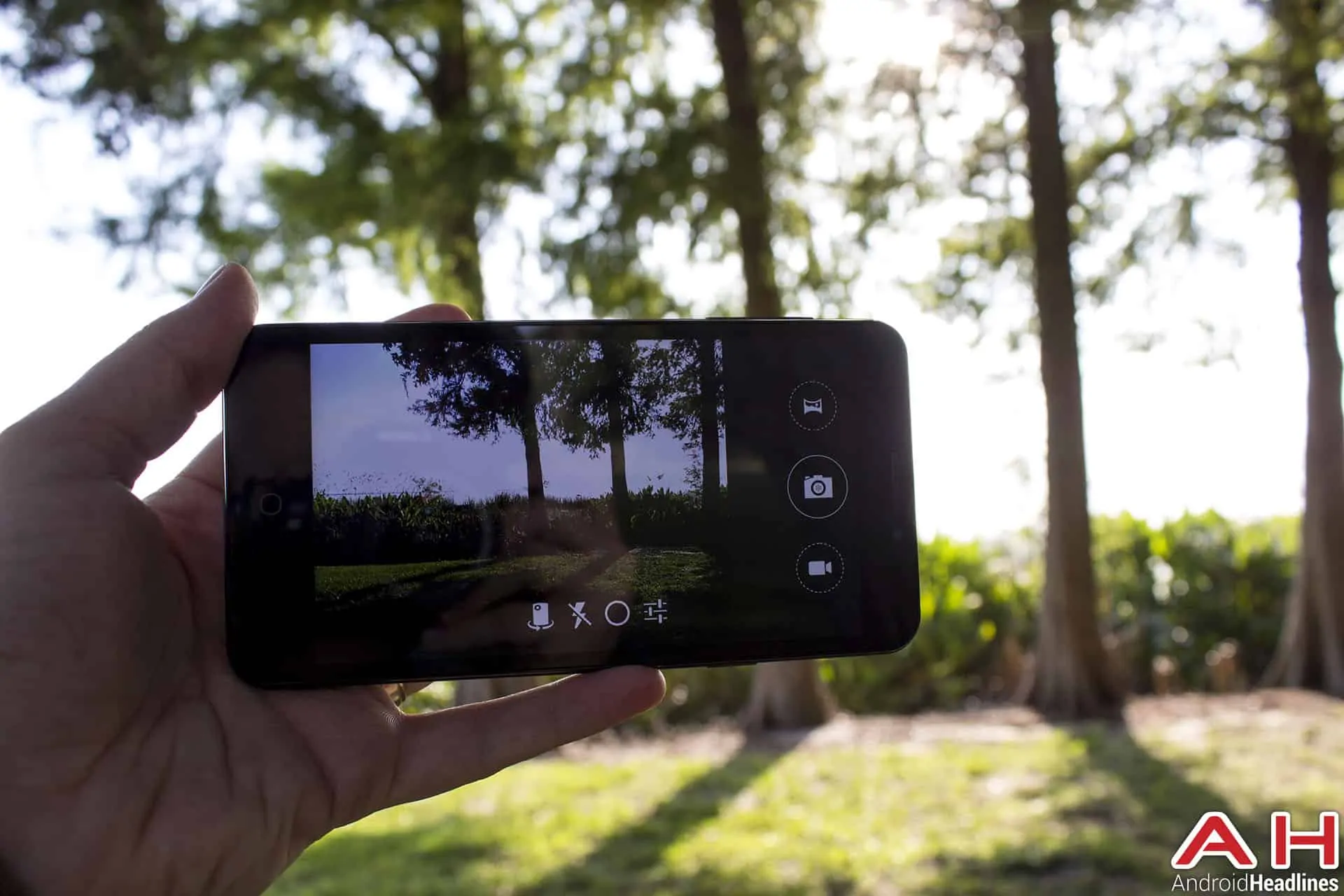
Color accuracy is fantastic even in low light, and white balance is absolutely excellent with the camera getting exposure just right almost every time. HDR mode was pretty good and sits somewhere in the middle of many phones out there, although again it excels over many phones in this price range. Overall detail is lowered when using HDR and colors aren’t quite as punchy as they are on auto mode, but in harsh lighting conditions where HDR is needed it does a pretty good job of producing a more balanced picture. Even in lower light HDR is useful, taking nearly instant shots in between exposure brackets and making that horrid ghost imaging often times seen in HDR shots nearly nonexistent.
Low light shots are a bit of a mixed bag but it really depends on what the picture consists of. As was said before moving objects in even relatively low light seem to be a particular difficulty for the camera, but still elements turn out incredibly well. Two shots below are in almost zero light, which can be seen by looking at how high the ISO climbed for the shots. Even with such a ridiculous ISO of nearly 4,000 the level of noise isn’t unbearable for social media sharing, although obviously these aren’t going to look great on a print. Video quality was above average for this price range again and the Yu Yureka offers up to 1080p 30FPS video that comes out clear and relatively steady even though there’s no optical image stabilization.
The software itself is jam packed with features and has a slightly updated interface from the one seen originally on the OnePlus One last year. Additions include the ability to choose a letterbox format for the screen which shows the whole frame of the picture instead of a 16:9 cropped one to fit the screen, as well as a zero shutter lag button for lighting fast picture taking. Cyanogen has built in plenty of filters for users to play with, and switching between these and the various camera modes offered us done by a simple vertical swipe up or down to cycle through the list. This list can be easily edited in the software by clicking the magic wand button found in the persistent circular button on the camera’s interface. Here quick adjustments to exposure, white levels and other useful settings can be found. In addition to these persistent shutter, panorama and record buttons are always present too, giving quick access to often used features.
Conclusion
Cyanogen’s software expertise paired with Micromax’s hardware prowess have really come together in an incredible mashup via the new Yu branding. The first phone under this branding is the Yu Yureka and it doesn’t fail to leave a great first impression on a brand that’s going to be used over and over again. At RS8,999 this phone isn’t the cheapest on the market, but it walks the line between the super cheap and the lower mid-range devices, often times coming on top of many in its price range in terms of quality. The processor is generally faster, the camera is better, the sound output is higher quality and the software is leaps and bounds beyond what many other OEMs offer at this price range. Much of this can be attributed to Cyanogen, whom adds a significant level of value to any phone it graces thanks to its light on resources yet heavy on features pedigree. Plenty of packed in software and partnerships via Cyanogen’s new business model give customers even further added value, and guaranteed updates from the company are a refreshing change from the swath of phones in this price range that often receive few. A whole-hearted recommendation goes out to Yu for the Yureka and anyone looking to pick one up!

